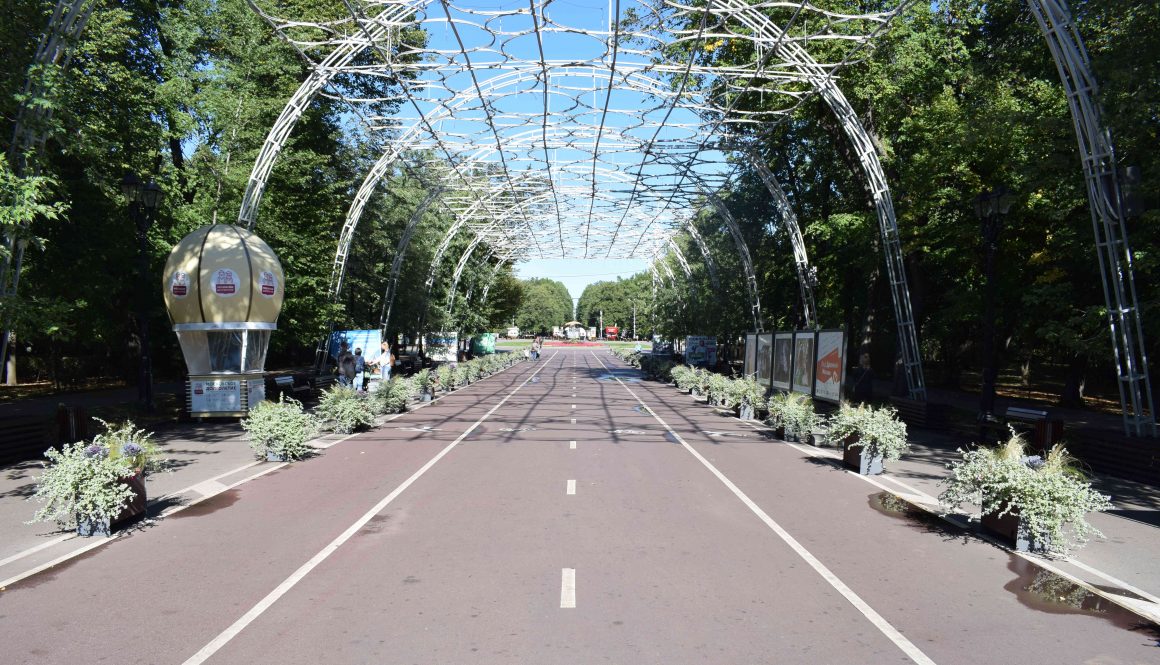Sokolniki Park: Exploring Moscow’s Green Spaces
Sokolniki Park holds a special place in my heart.
It’s where I spent five years living in Moscow, from February 2016 to March 2020.
I rented a retro, two-bedroom apartment on the 10th floor of a typical soviet building.
The entrance was nothing special. The apartment wasn’t either. But the view. Oh the view.
Everything was worth it for the view.
In the summer, the days would stretch out really long, owing to how far north Moscow is. The sun would set after 10:00 pm, and already begin rising around 2:30 am.
Suffice to say, I did not sleep much when the summer rolled around in Moscow.
But as compensation I got to see the most beautiful sunrises in my whole life.
One of the reasons the sunrises were so great was because of the enormous park I lived next to, Sokolniki Park.
See all that green space stretching out in front of you? That’s Sokolniki Park.
And in this blog post, I’m going to give you a tour of what could be my favorite park in Moscow. Welcome to Sokolniki.
 Here’s the entrance to the park. These photos were taken in September 2018 on a weekday, aroudn noon, so most people were stuck inside their offices typing away at their computers.
Here’s the entrance to the park. These photos were taken in September 2018 on a weekday, aroudn noon, so most people were stuck inside their offices typing away at their computers.
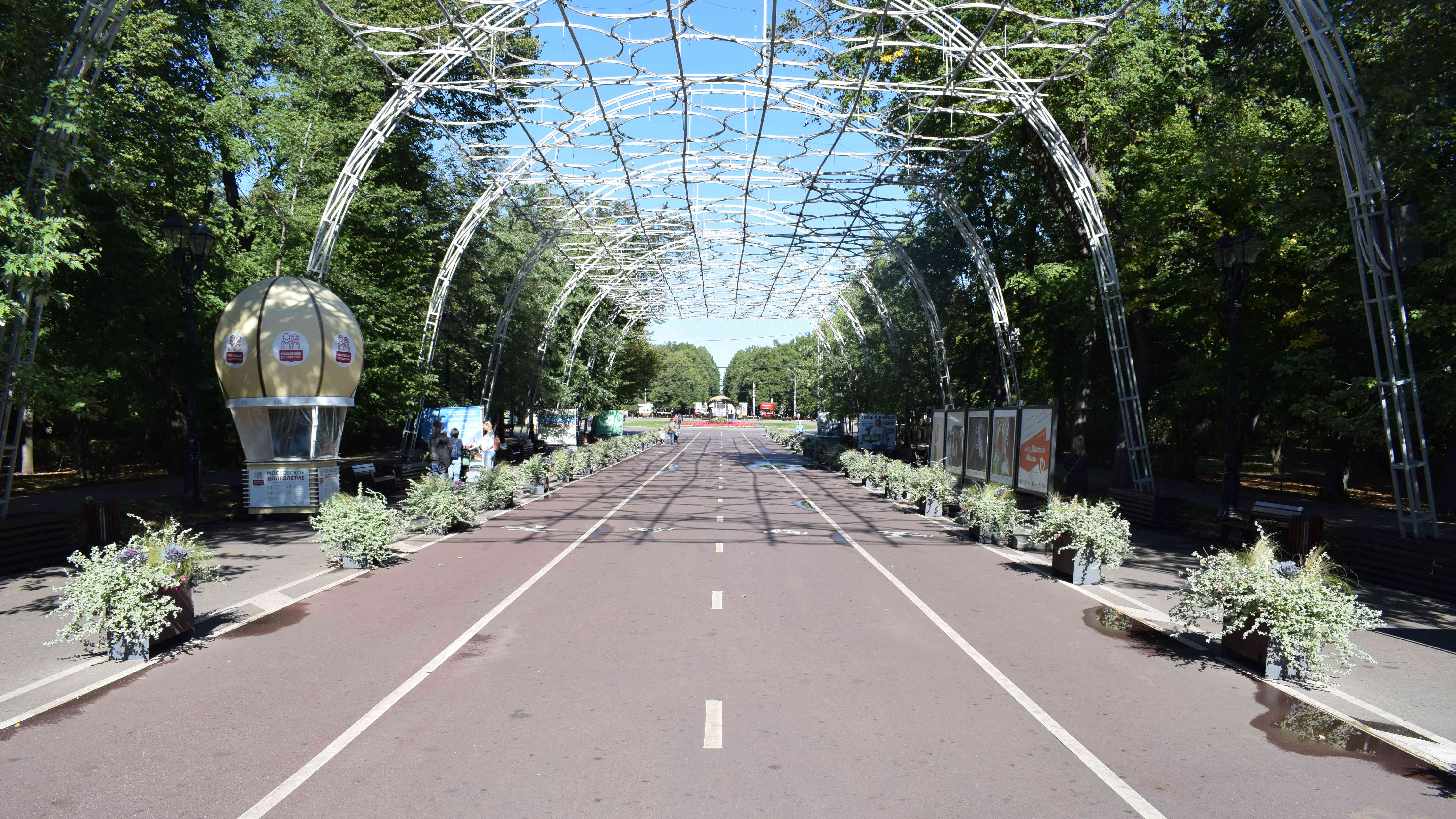 With a friend who visited me from the United States, we got to enjoy the afternoon sun and enjoy the park practically to ourselves.
With a friend who visited me from the United States, we got to enjoy the afternoon sun and enjoy the park practically to ourselves.
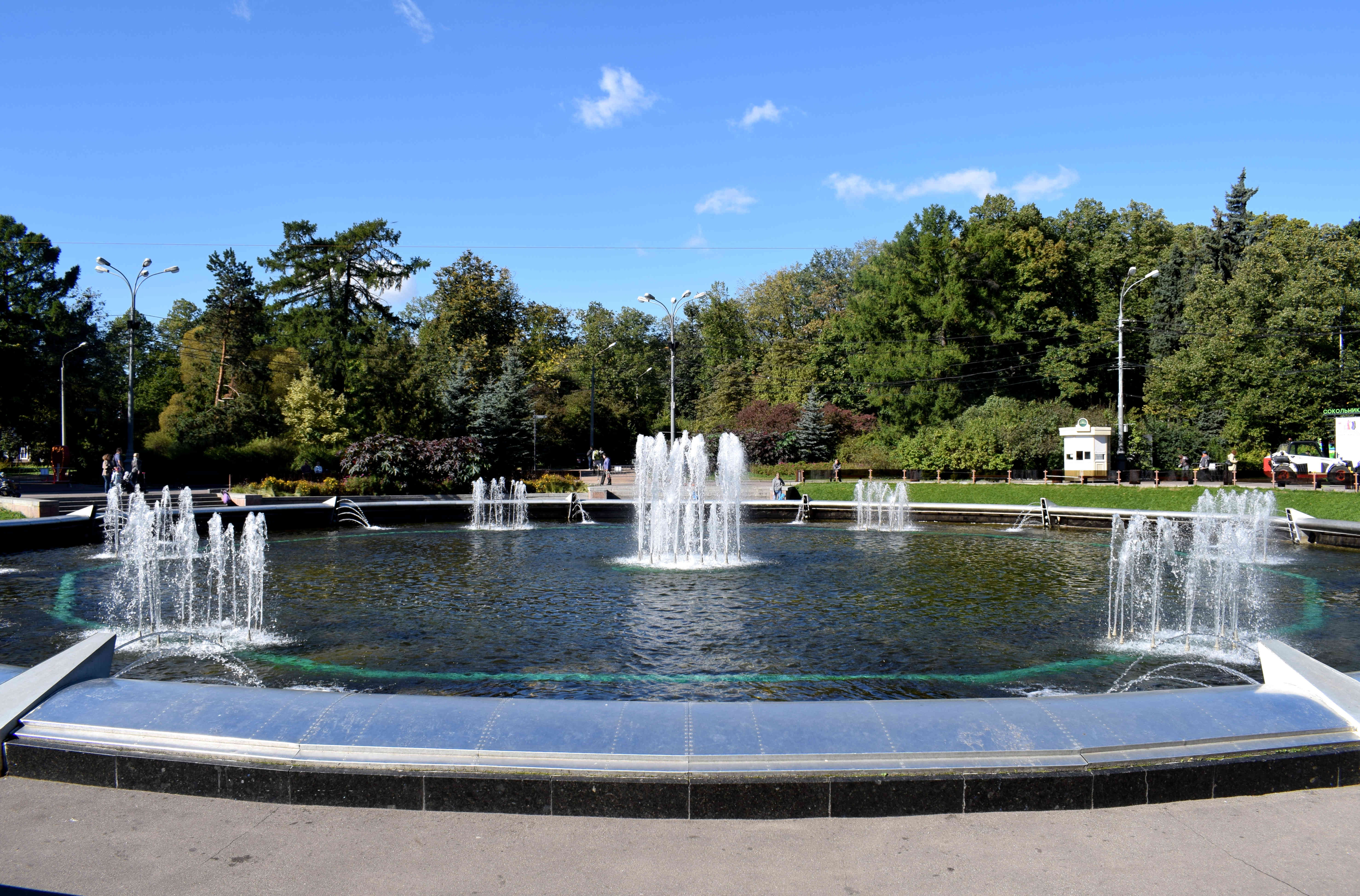 Sokolnik park is centered around a large water fountain, with radial lines extending in each direction where you can go for a walk and enjoy the trees and greenery.
Sokolnik park is centered around a large water fountain, with radial lines extending in each direction where you can go for a walk and enjoy the trees and greenery.
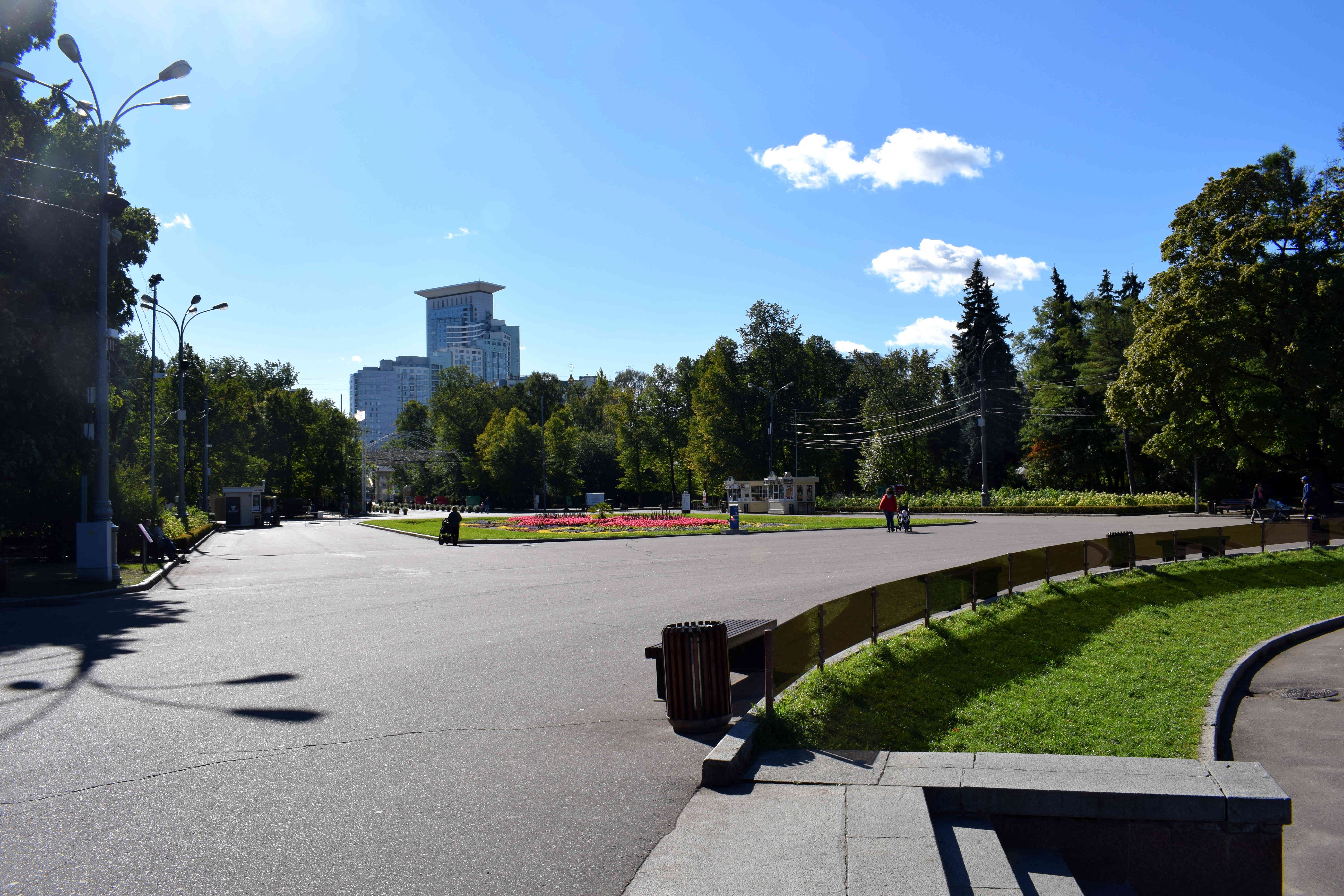 Here’s the from the fountain looking back at the entrance into the park. The large building in the distance is a controversial project. It was built right next to the Sokolniki metro stop in the 2000s. It is now the tallest building in Sokolniki, but if you ask locals who grew up in Sokolniki, they will remember a time when Sokolniki was dominated by wooden dachas, small one or two story European buildings, and the district was an extension of Moscow’s center with historical buildings at every corner.
Here’s the from the fountain looking back at the entrance into the park. The large building in the distance is a controversial project. It was built right next to the Sokolniki metro stop in the 2000s. It is now the tallest building in Sokolniki, but if you ask locals who grew up in Sokolniki, they will remember a time when Sokolniki was dominated by wooden dachas, small one or two story European buildings, and the district was an extension of Moscow’s center with historical buildings at every corner.
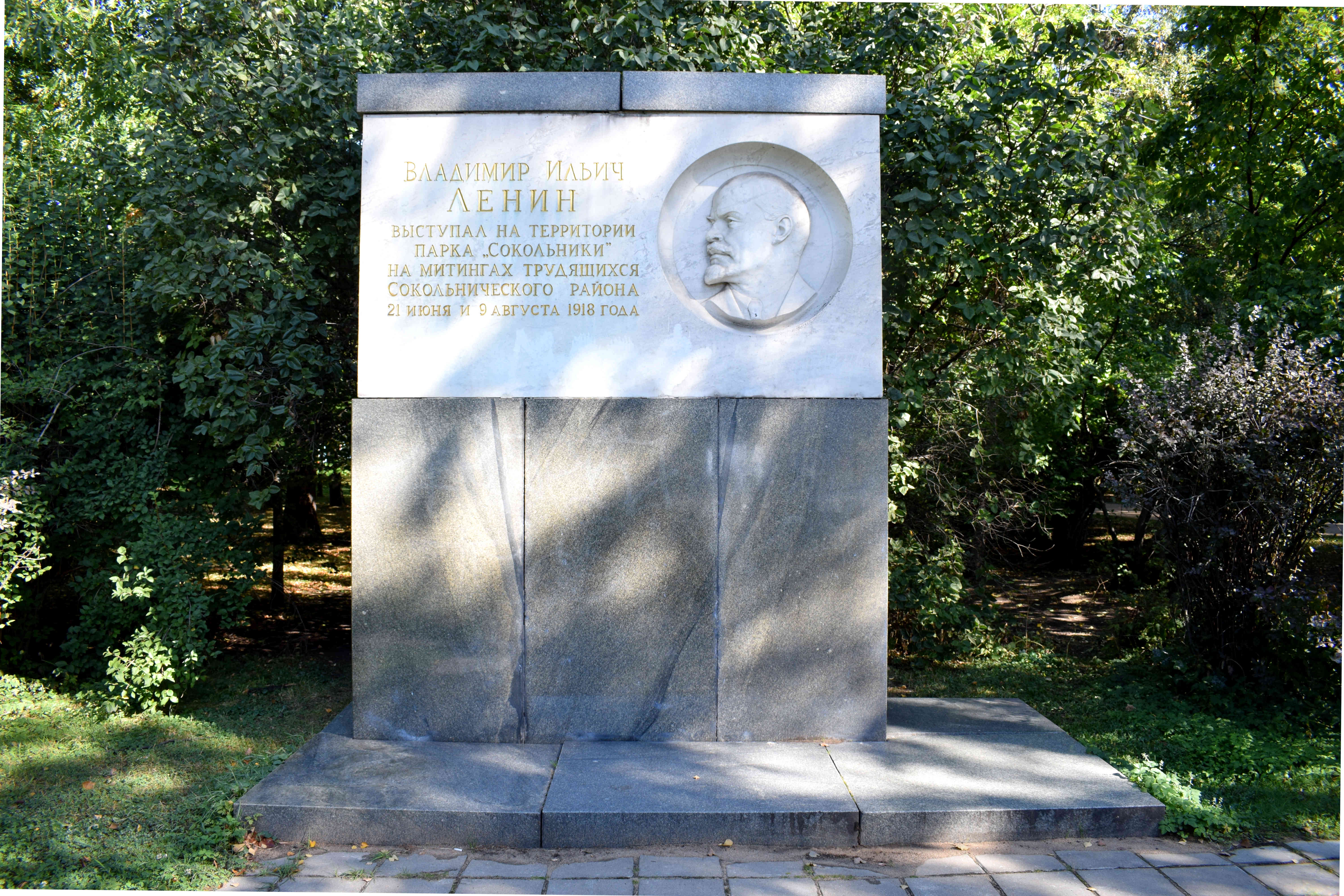 Within the park you’ll find a monument to Vladimir Lenin. On two occasions in the summer of 1918 when the civil war was raging in Russia, he held protests in the park against the Czarist government and rallied the local population toward revolution. The first protest took place on June 21st and the second on August 9th.
Within the park you’ll find a monument to Vladimir Lenin. On two occasions in the summer of 1918 when the civil war was raging in Russia, he held protests in the park against the Czarist government and rallied the local population toward revolution. The first protest took place on June 21st and the second on August 9th.
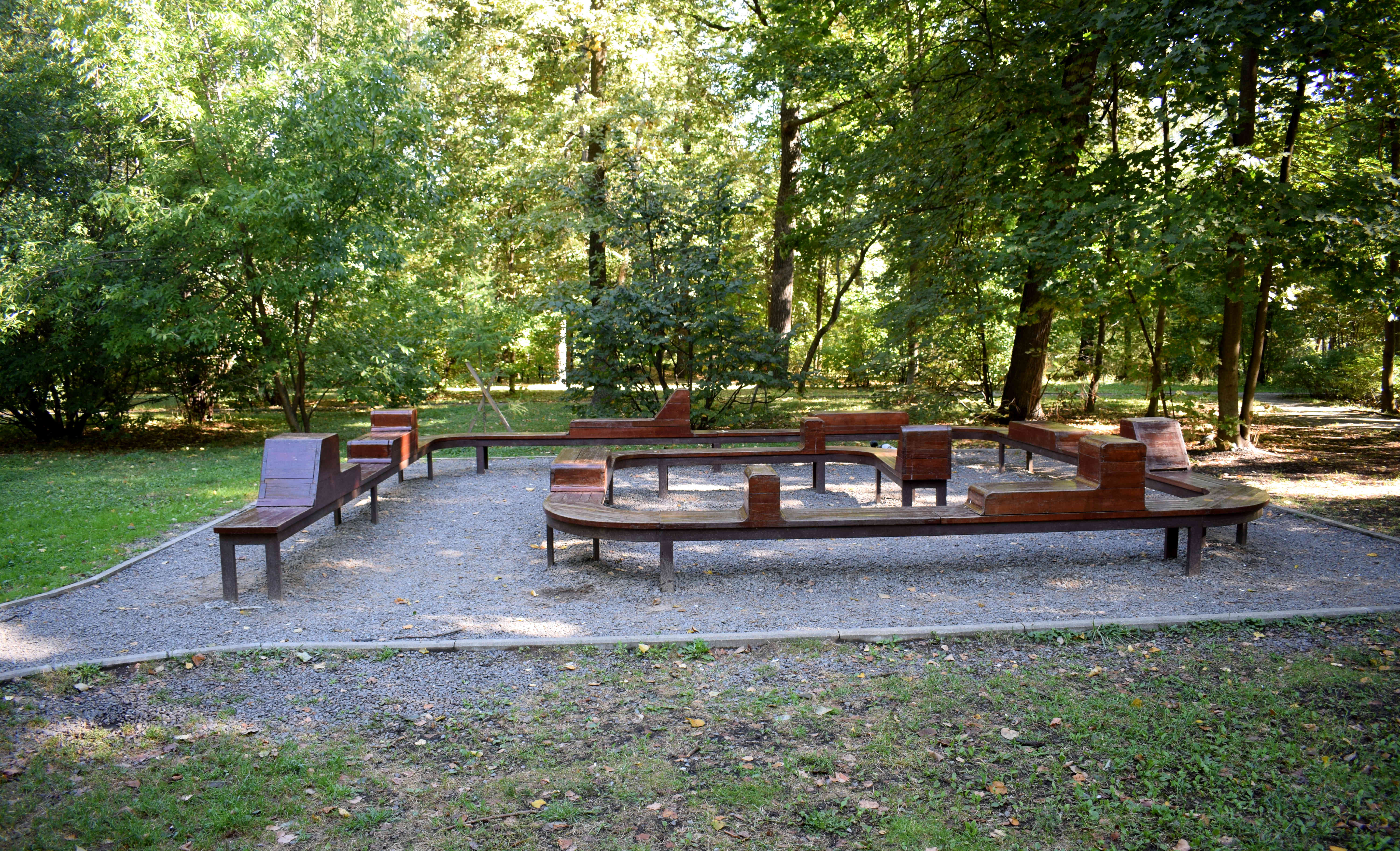 Of course, to call Sokolniki Park is an understatement. The park takes up a large portion of the entire northeastern part of Moscow, large enough to fit an entire district of apartments and commercial building into its place. I’ve been to few cities in the world that have parks as large as Moscow, and that’s part of what makes living in Moscow so great.
Of course, to call Sokolniki Park is an understatement. The park takes up a large portion of the entire northeastern part of Moscow, large enough to fit an entire district of apartments and commercial building into its place. I’ve been to few cities in the world that have parks as large as Moscow, and that’s part of what makes living in Moscow so great.
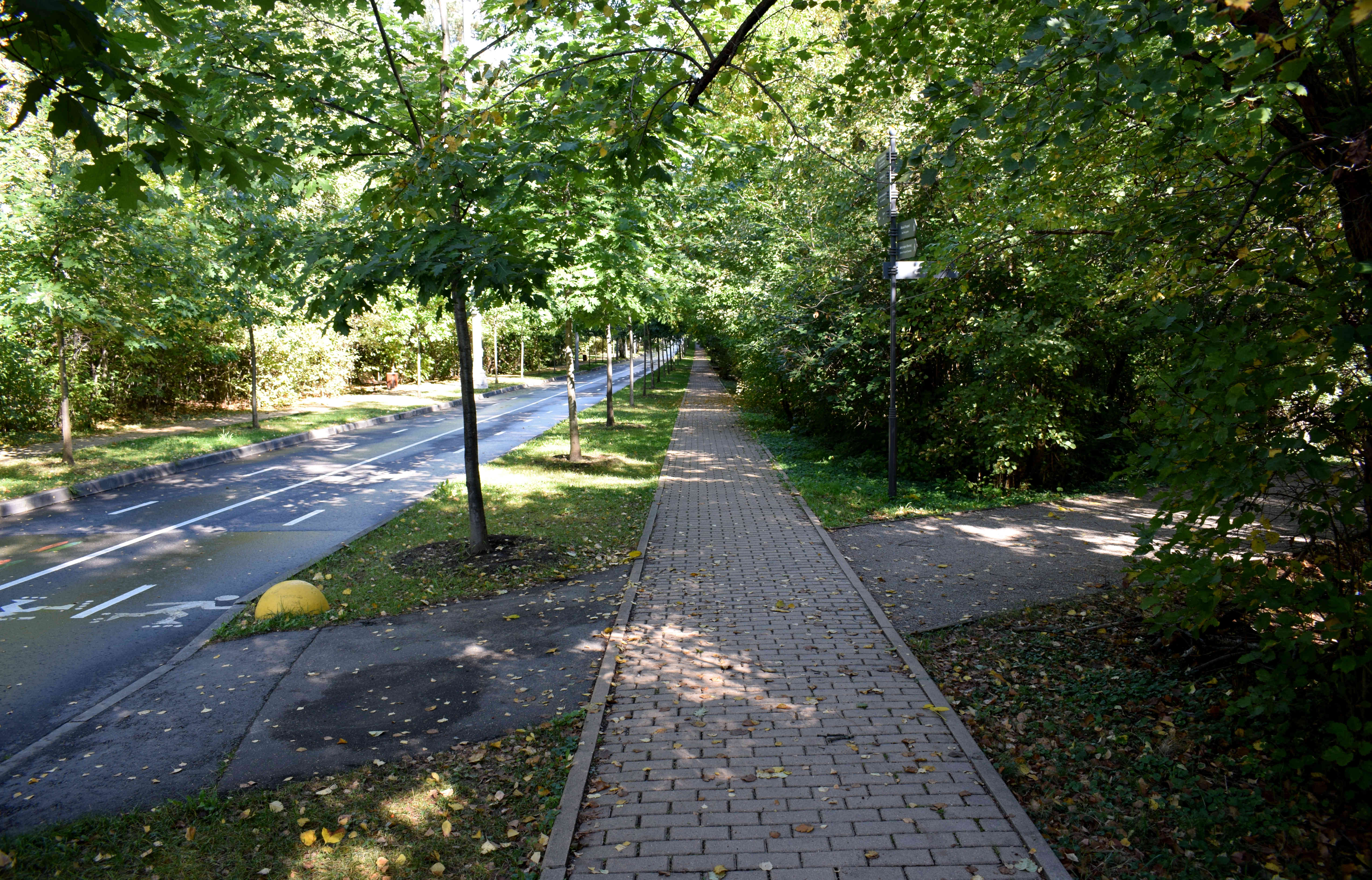 There’s plenty of criticism you could level at Moscow for unrestrained development, but taken as a whole, Moscow remains an extrenely green city. Enormous parks surround the city from all sides, and Sokolniki is the biggest park in the northeastern part of the city.
There’s plenty of criticism you could level at Moscow for unrestrained development, but taken as a whole, Moscow remains an extrenely green city. Enormous parks surround the city from all sides, and Sokolniki is the biggest park in the northeastern part of the city.
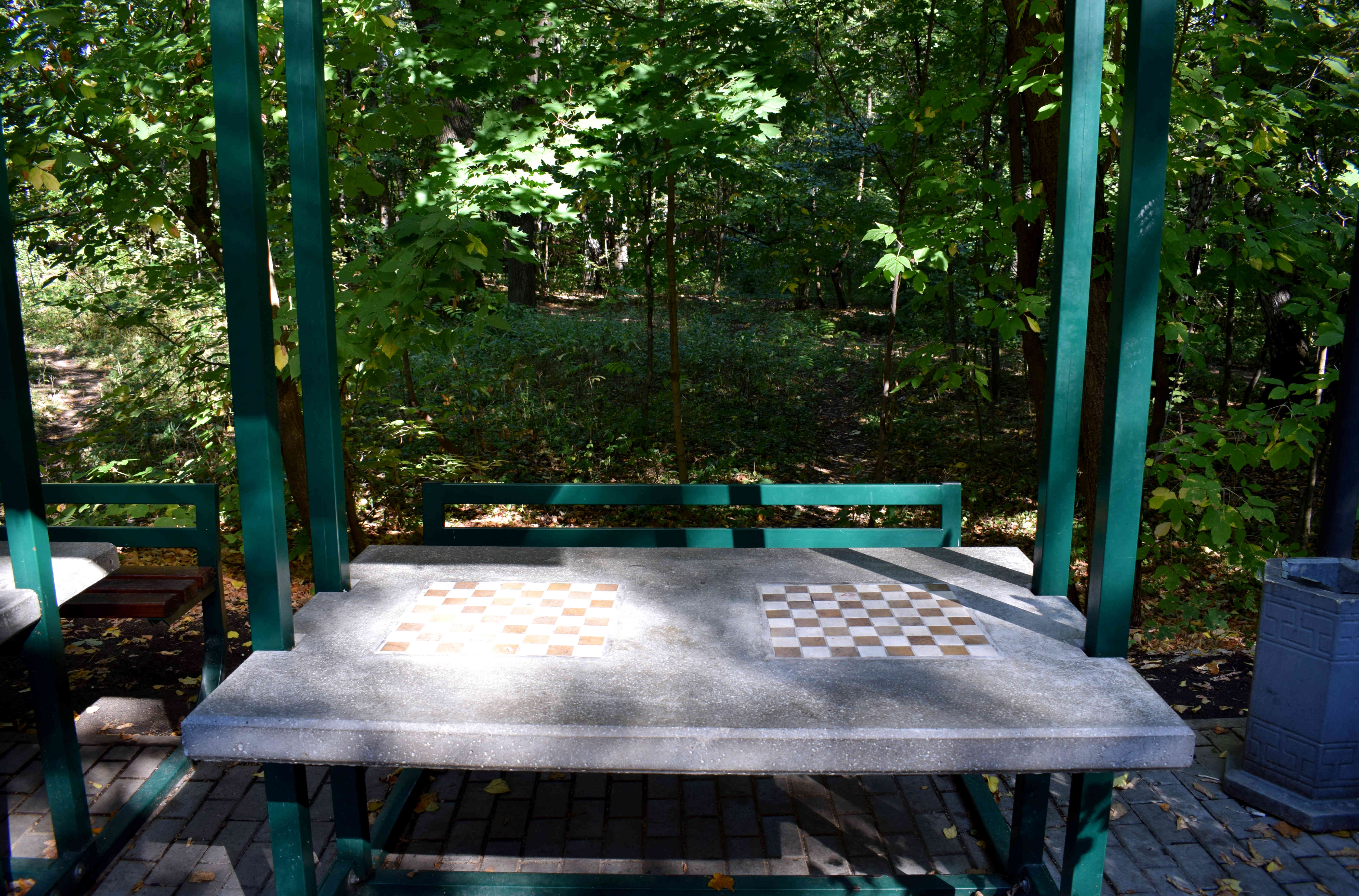 Picnic tables are sprinkled throughout the park where people can meet up and play chess or checkers.
Picnic tables are sprinkled throughout the park where people can meet up and play chess or checkers.
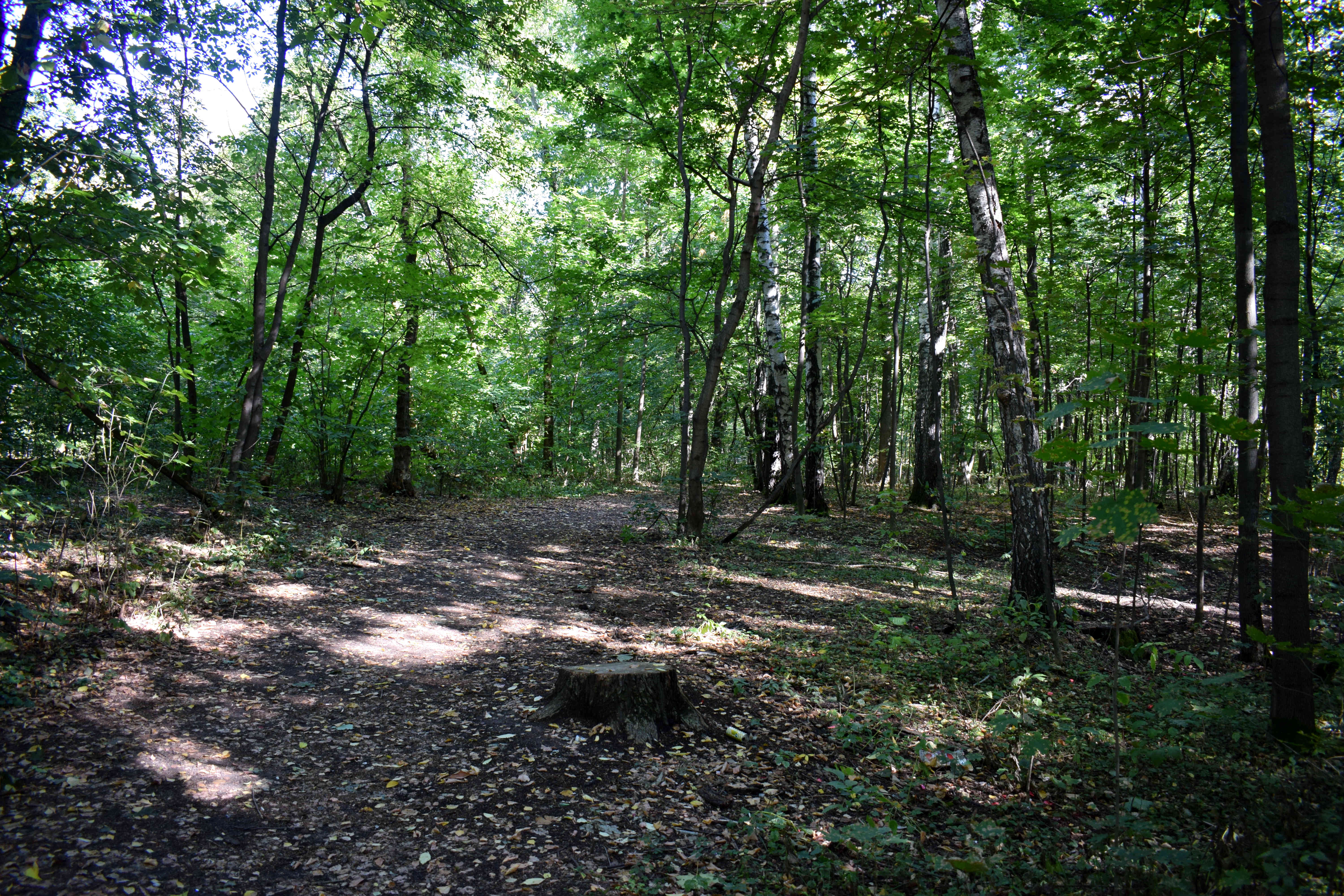 And the trees! Everywhere you look you’ll find trees. It would be more appropriate to call Sokolniki a forest instead of a park.
And the trees! Everywhere you look you’ll find trees. It would be more appropriate to call Sokolniki a forest instead of a park.
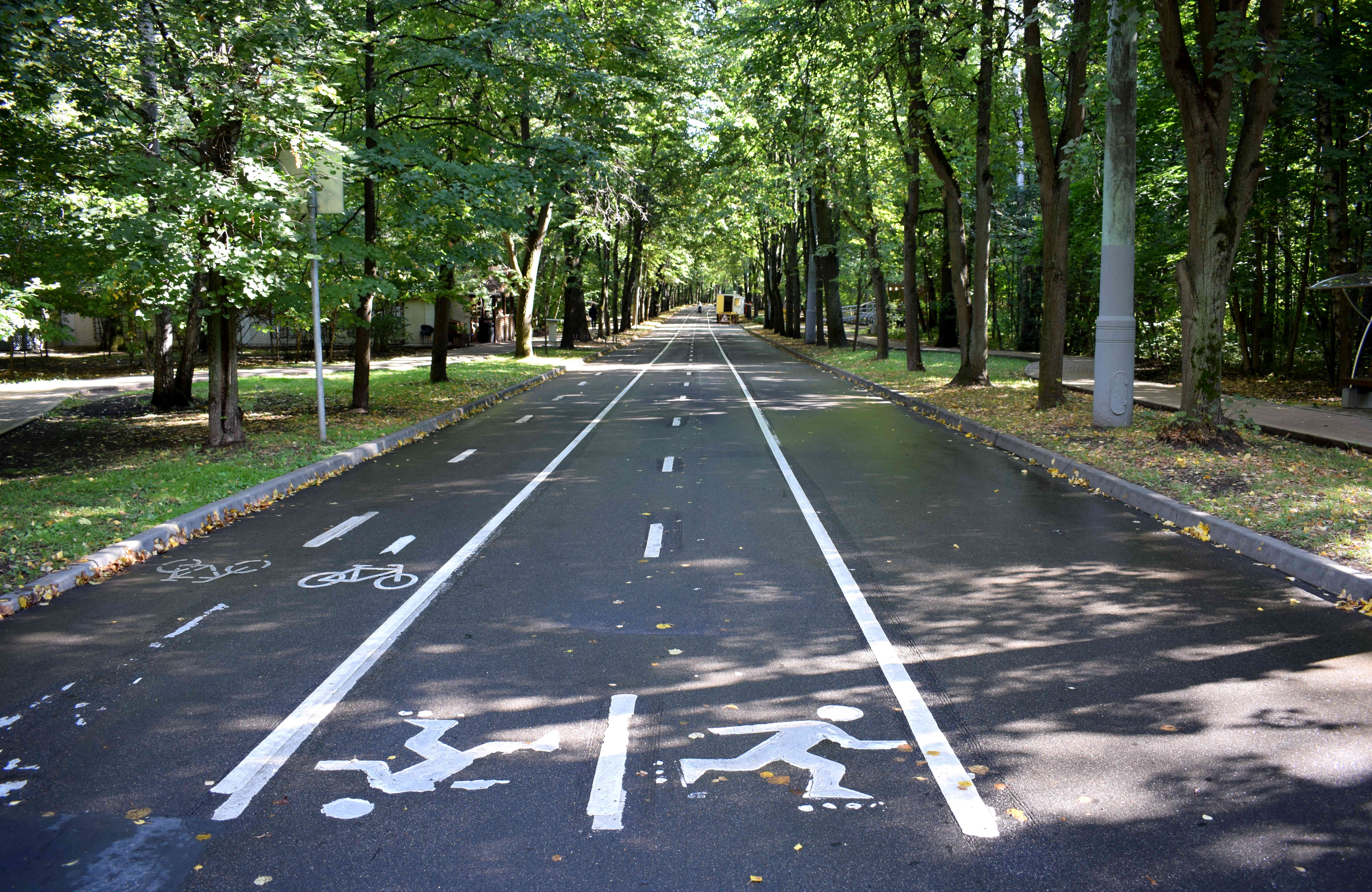 Sokolniki Park underwent a major reconstruction in the early 2000s to modernize the park’s infrastructure while preserving its historical heritage. One of the biggest changes the park made was to ban cars from driving through the park. If you look closely at the street, you’ll see that these bike paths and skating lanes replaced what used to be a two-lane car road. Since the reconstrcution, cars have been banned from driving through much of Sokolniki, and the public space that used to be dominated y cars has been given back to pedestrians. A major win for the city.
Sokolniki Park underwent a major reconstruction in the early 2000s to modernize the park’s infrastructure while preserving its historical heritage. One of the biggest changes the park made was to ban cars from driving through the park. If you look closely at the street, you’ll see that these bike paths and skating lanes replaced what used to be a two-lane car road. Since the reconstrcution, cars have been banned from driving through much of Sokolniki, and the public space that used to be dominated y cars has been given back to pedestrians. A major win for the city.
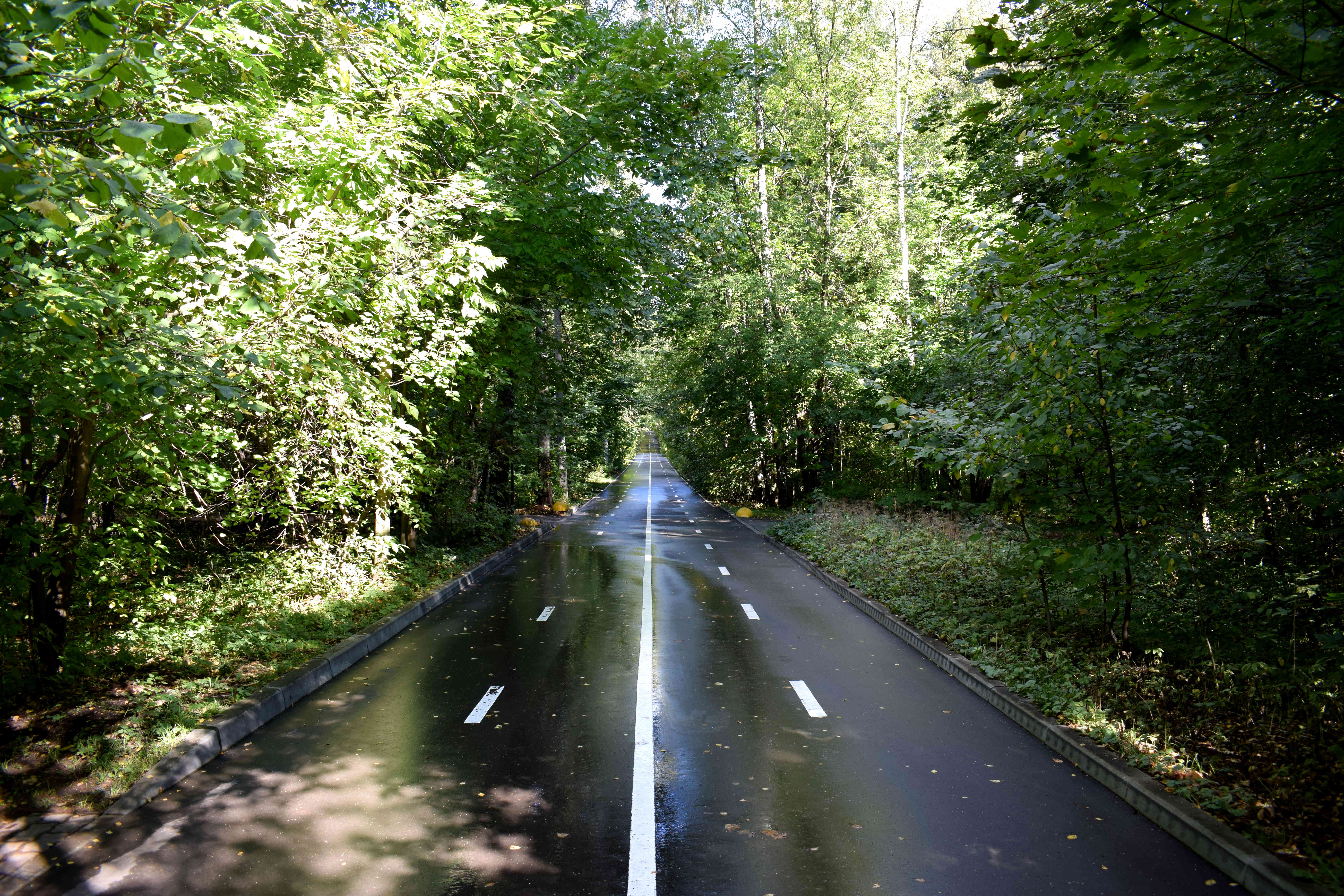 Here we see another road for cars that was given back to pedestrians. Now it’s a two-way bike lane.
Here we see another road for cars that was given back to pedestrians. Now it’s a two-way bike lane.
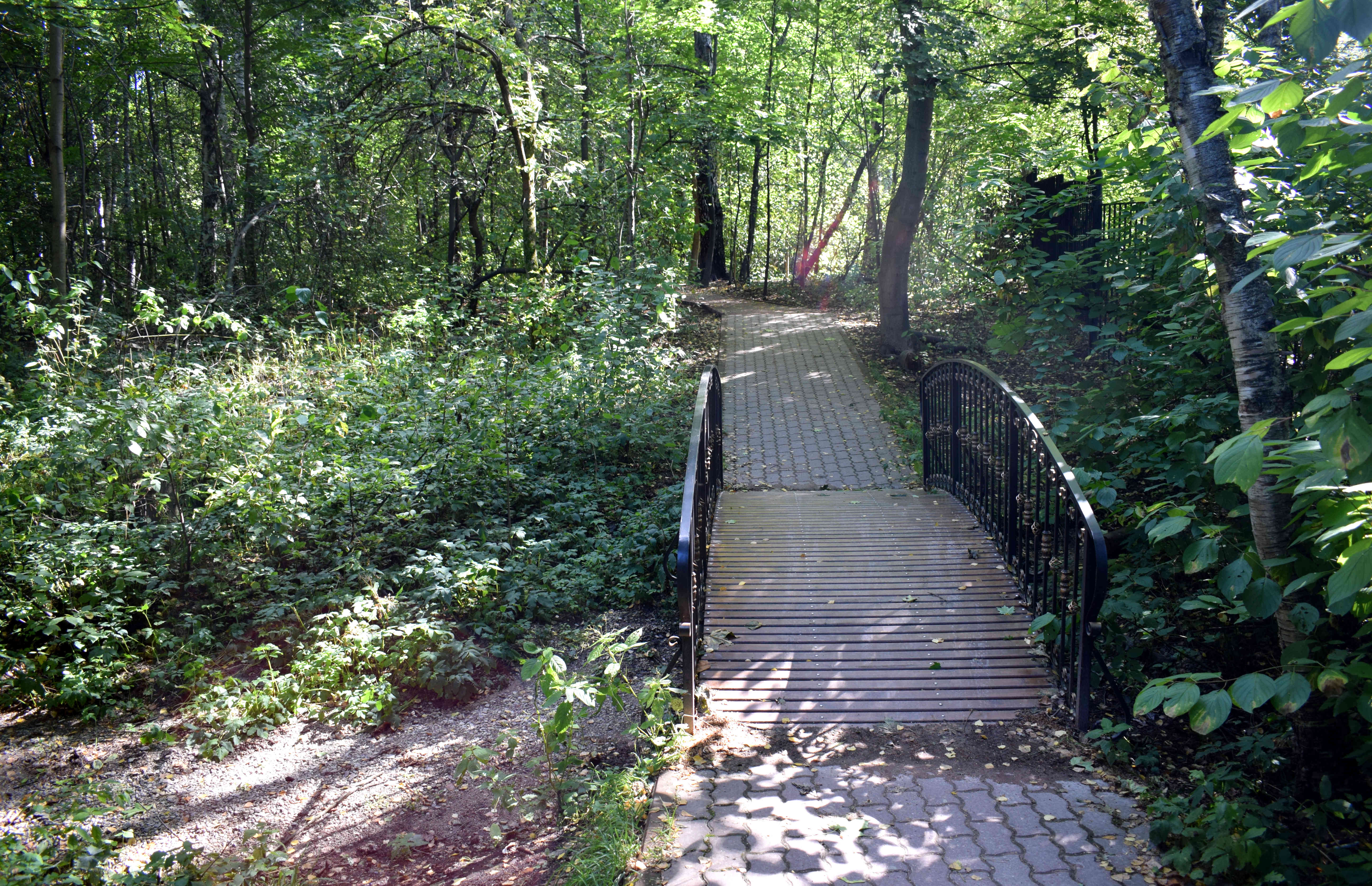 A cute pedestrian bridge over a stream that has dried up over the years.
A cute pedestrian bridge over a stream that has dried up over the years.
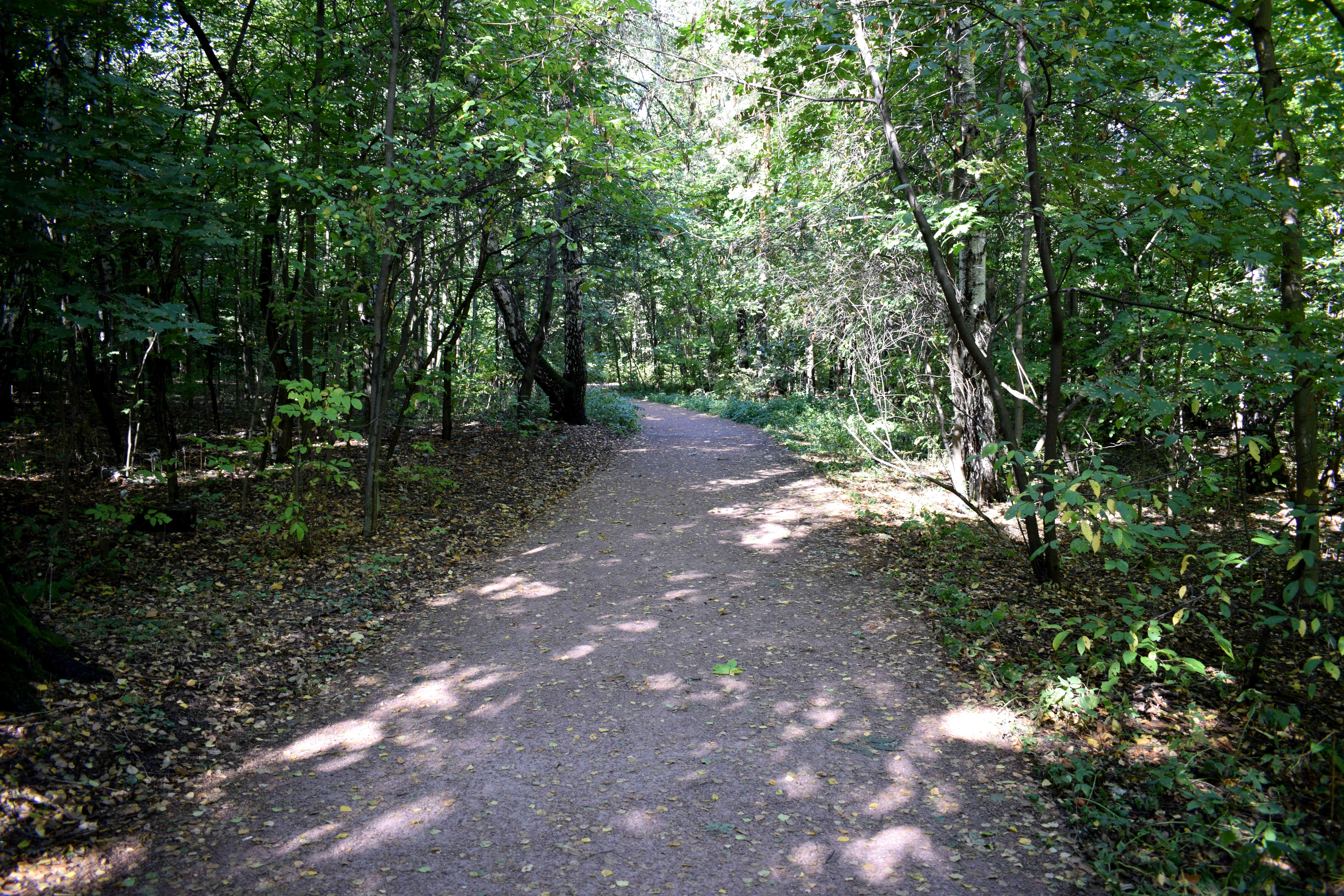 The deeper you wander into Sokolniki, the less commercialized it becomes, with dirt paths instead of asphalt paths.
The deeper you wander into Sokolniki, the less commercialized it becomes, with dirt paths instead of asphalt paths.
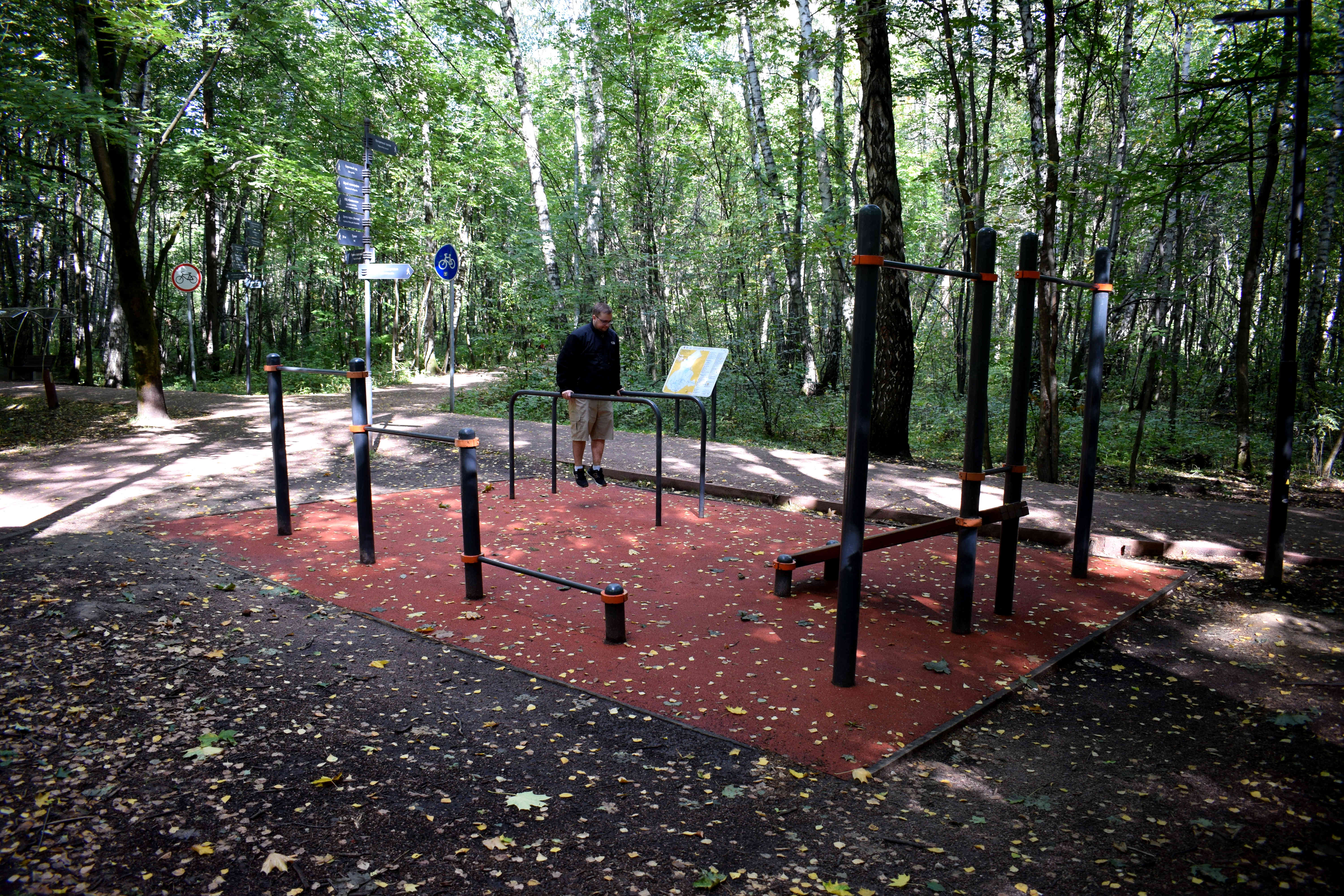 Throughout Sokolniki you’ll find outdoor workout stations sprinkled thorughout the park. It’s a great place to work out, surrounded by trees, in the middle of nature, with cool shade keeping you from getting too hot. The only downside is mosquitos, so make sure to bring spray with you.
Throughout Sokolniki you’ll find outdoor workout stations sprinkled thorughout the park. It’s a great place to work out, surrounded by trees, in the middle of nature, with cool shade keeping you from getting too hot. The only downside is mosquitos, so make sure to bring spray with you.
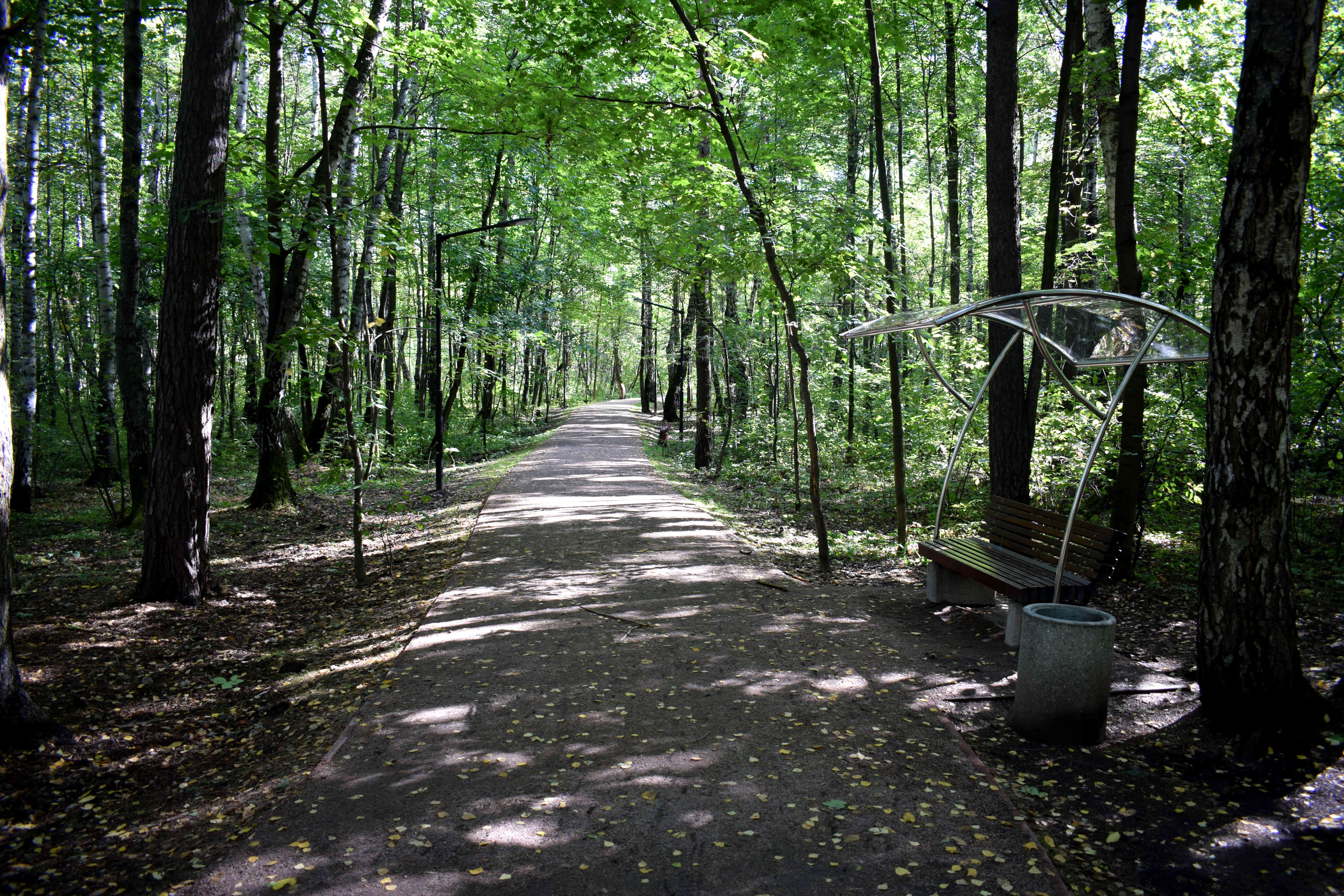 It’s incredible that a city like Moscow, where the official population is 11 million, but the actual population closer to 15-20 million, would leave a green space like this untouched and so close to the center. And in case you get stuck in the rain in the middle of the park, the benches come up with small rain protectors over them to keep you dry.
It’s incredible that a city like Moscow, where the official population is 11 million, but the actual population closer to 15-20 million, would leave a green space like this untouched and so close to the center. And in case you get stuck in the rain in the middle of the park, the benches come up with small rain protectors over them to keep you dry.
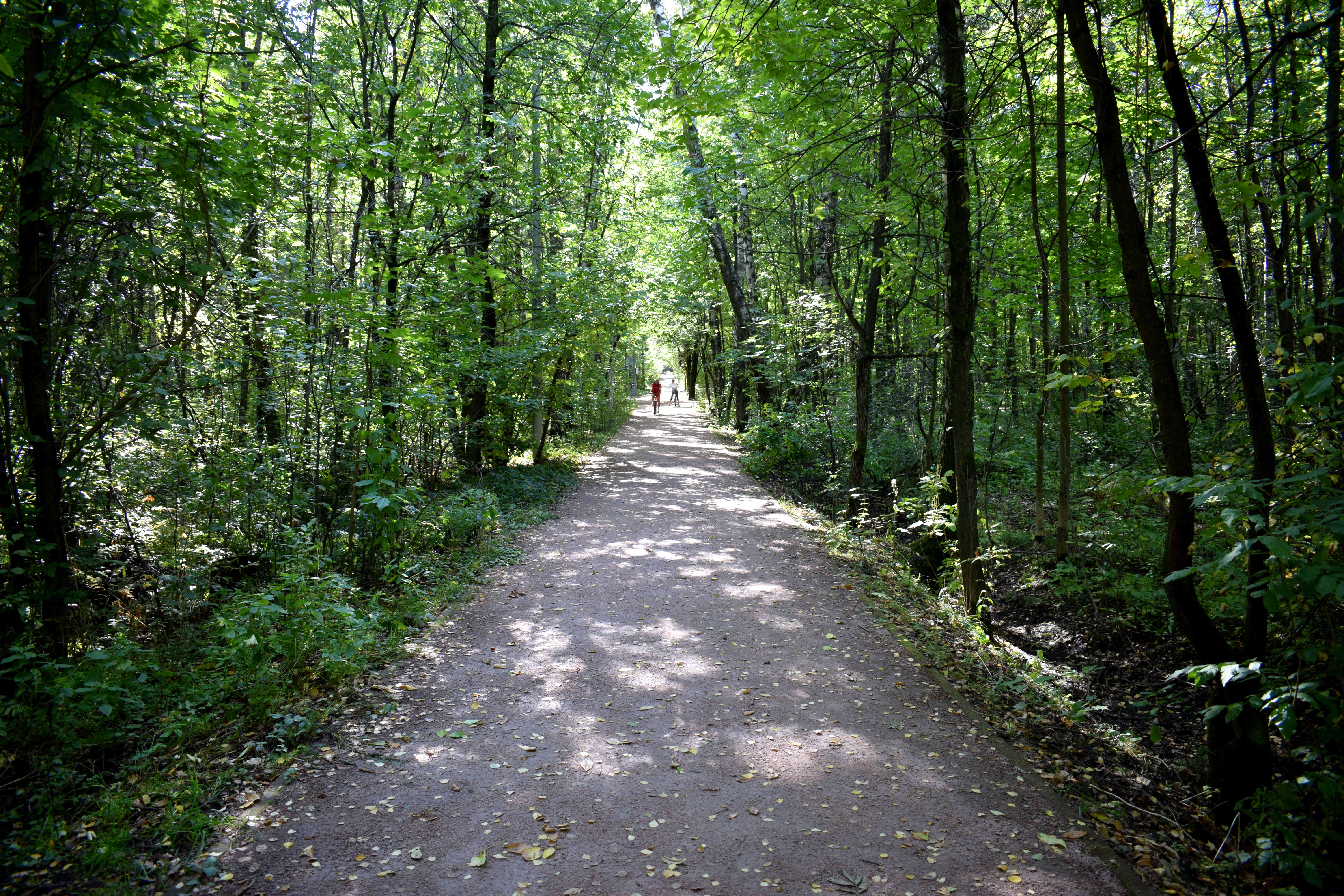 Incredible greenery.
Incredible greenery.
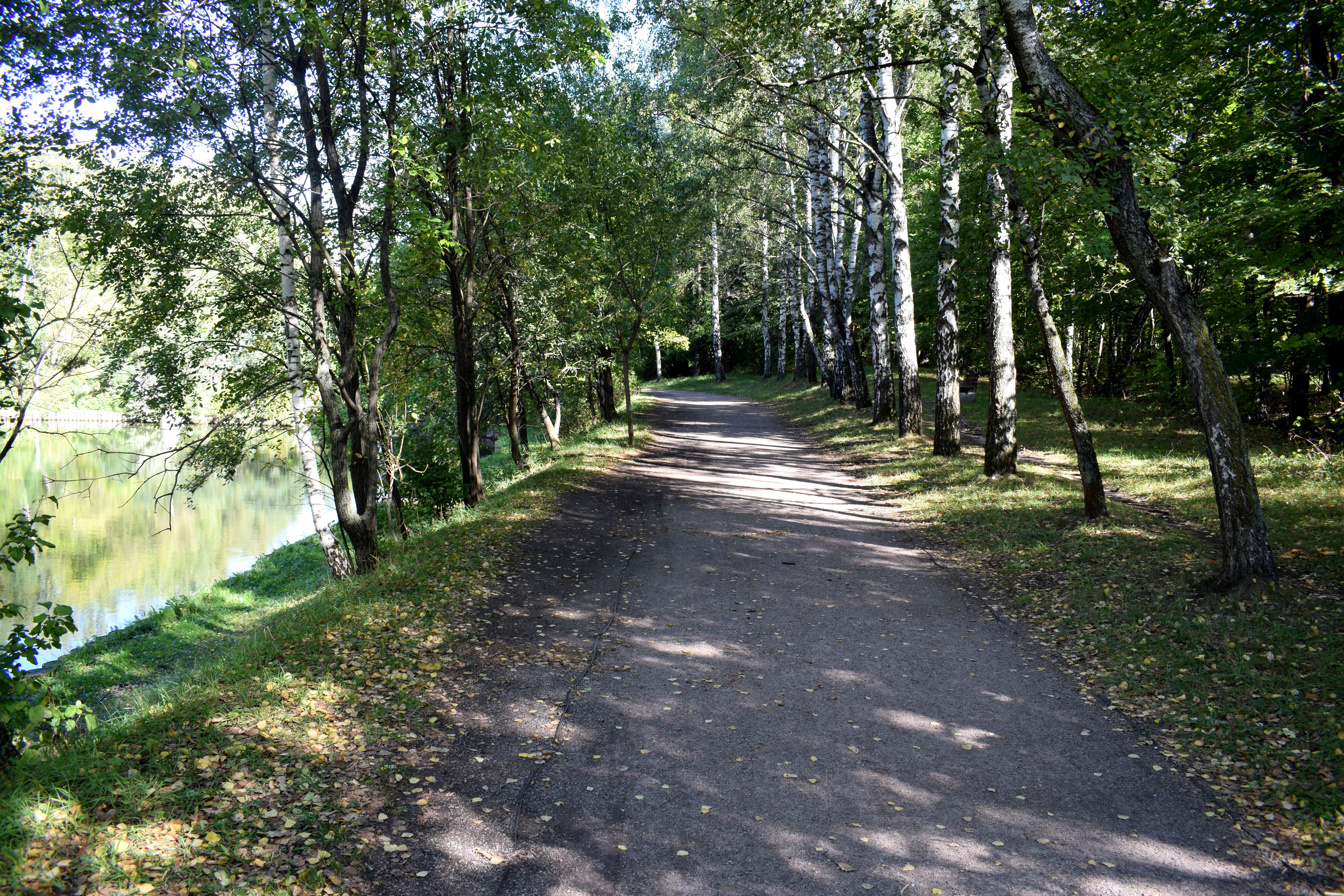 The park also has a fair amount of ponds where people can jog or fish and enjoy being around the water.
The park also has a fair amount of ponds where people can jog or fish and enjoy being around the water.
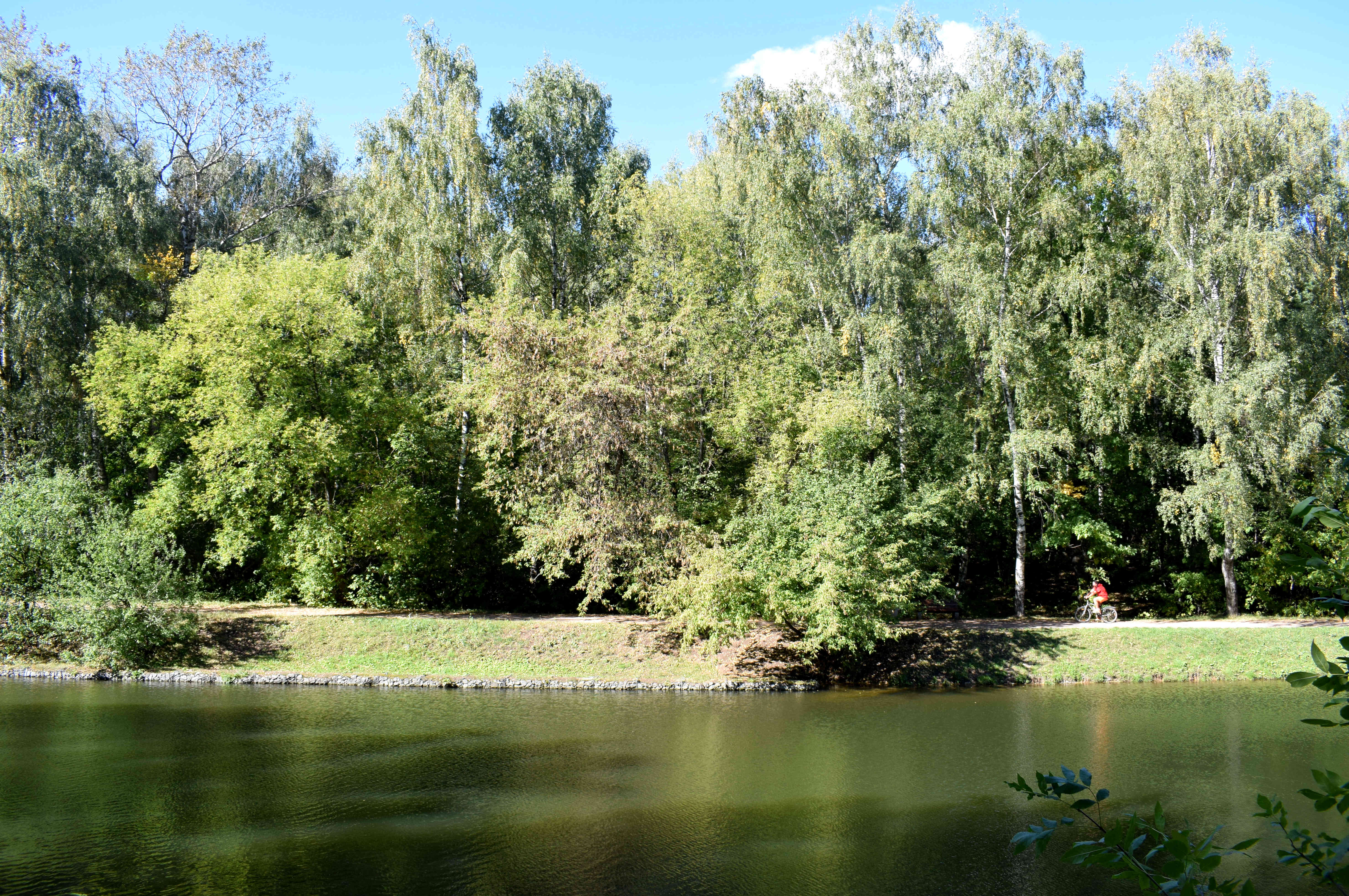 In the winter, these ponds freeze over and you’ll find people ice skating on them.
In the winter, these ponds freeze over and you’ll find people ice skating on them.
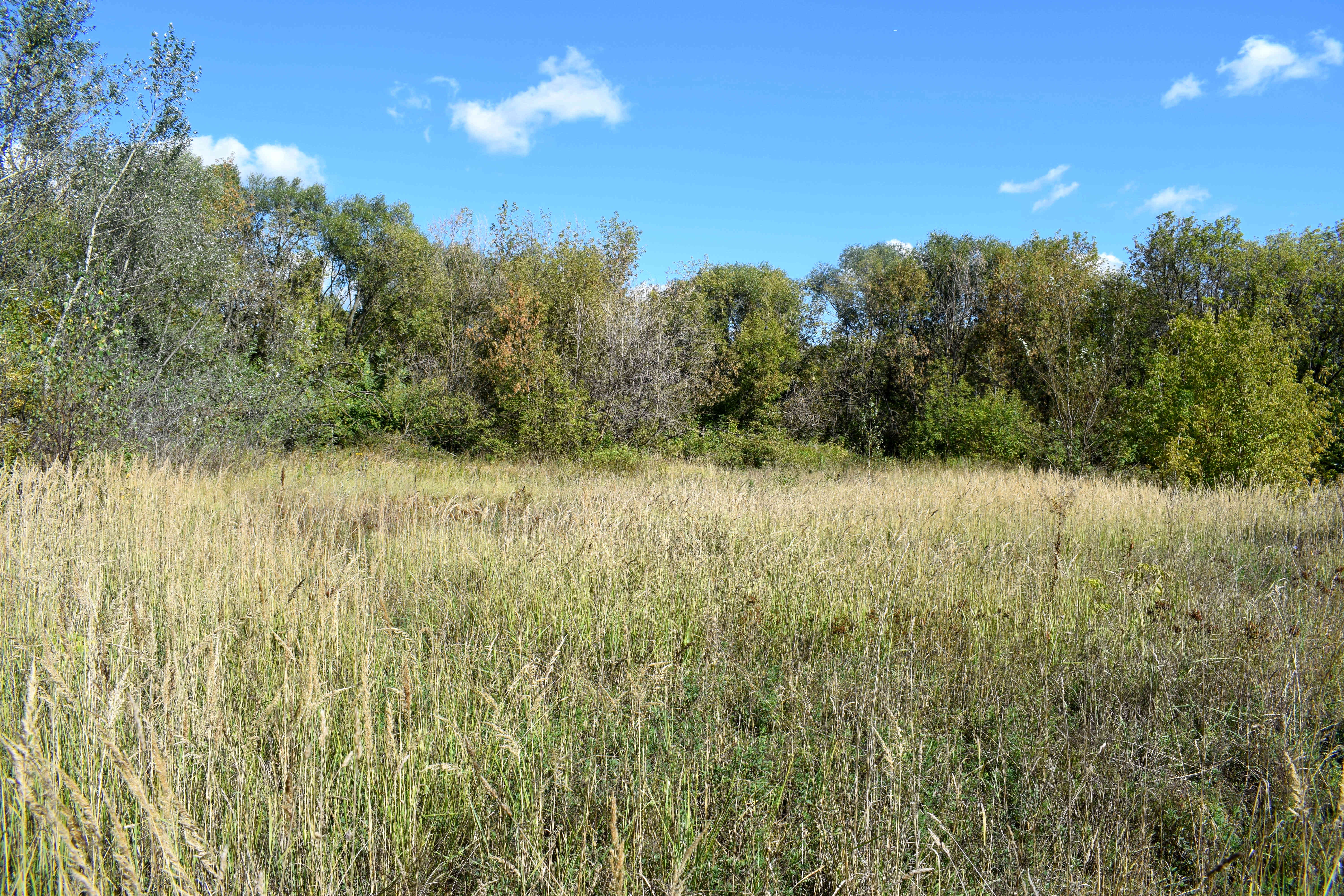 At one point, Sokolniki park ends, and merged with Losiny Ostrov, an enormous national park that extends all the way out into Moscow Region and far past Moscow into the provinces. The park is named after the large amount of Moose that are found in the region.
At one point, Sokolniki park ends, and merged with Losiny Ostrov, an enormous national park that extends all the way out into Moscow Region and far past Moscow into the provinces. The park is named after the large amount of Moose that are found in the region.
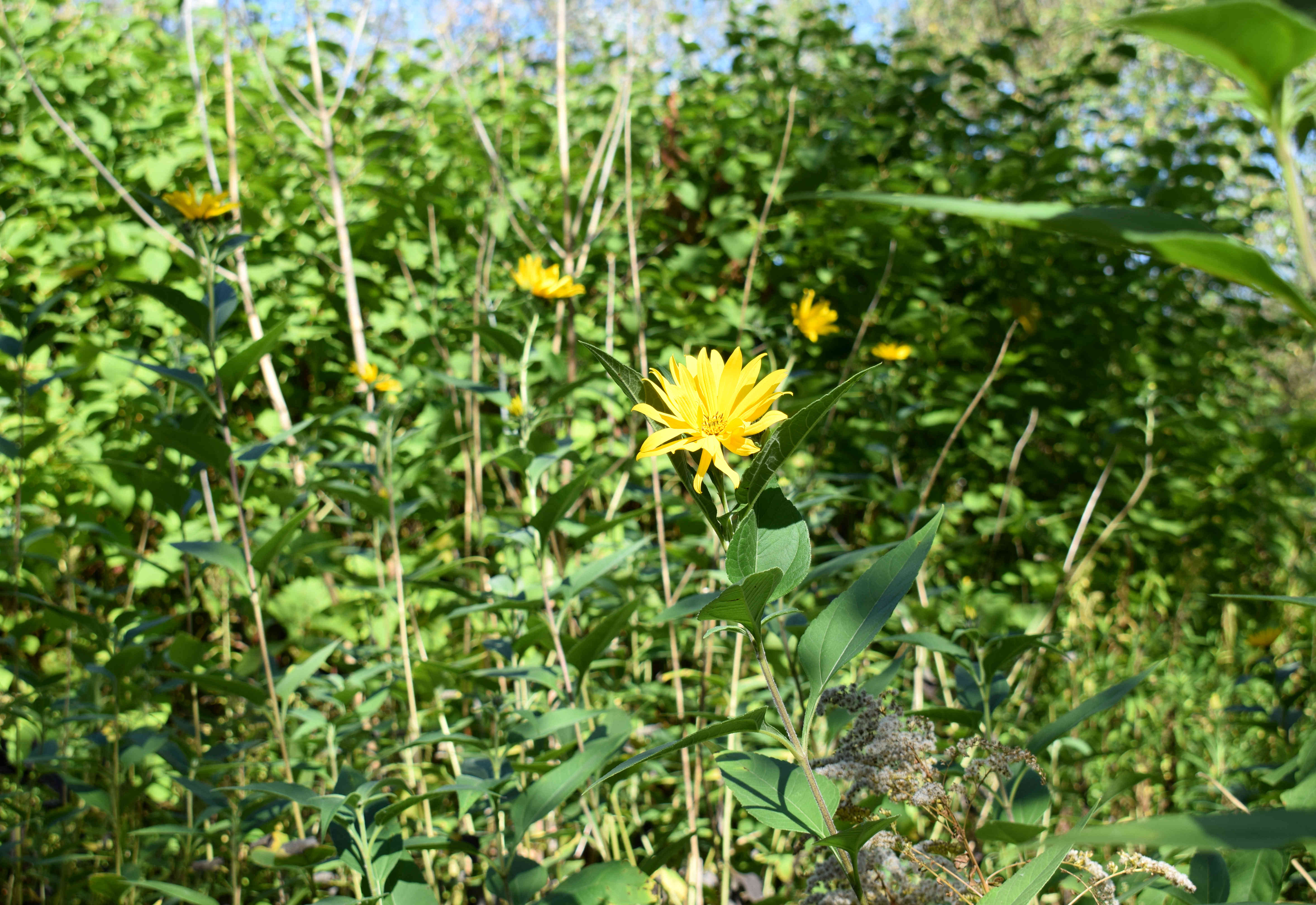 It was the middle of September while we were there and the flowers were still out in full swing.
It was the middle of September while we were there and the flowers were still out in full swing.
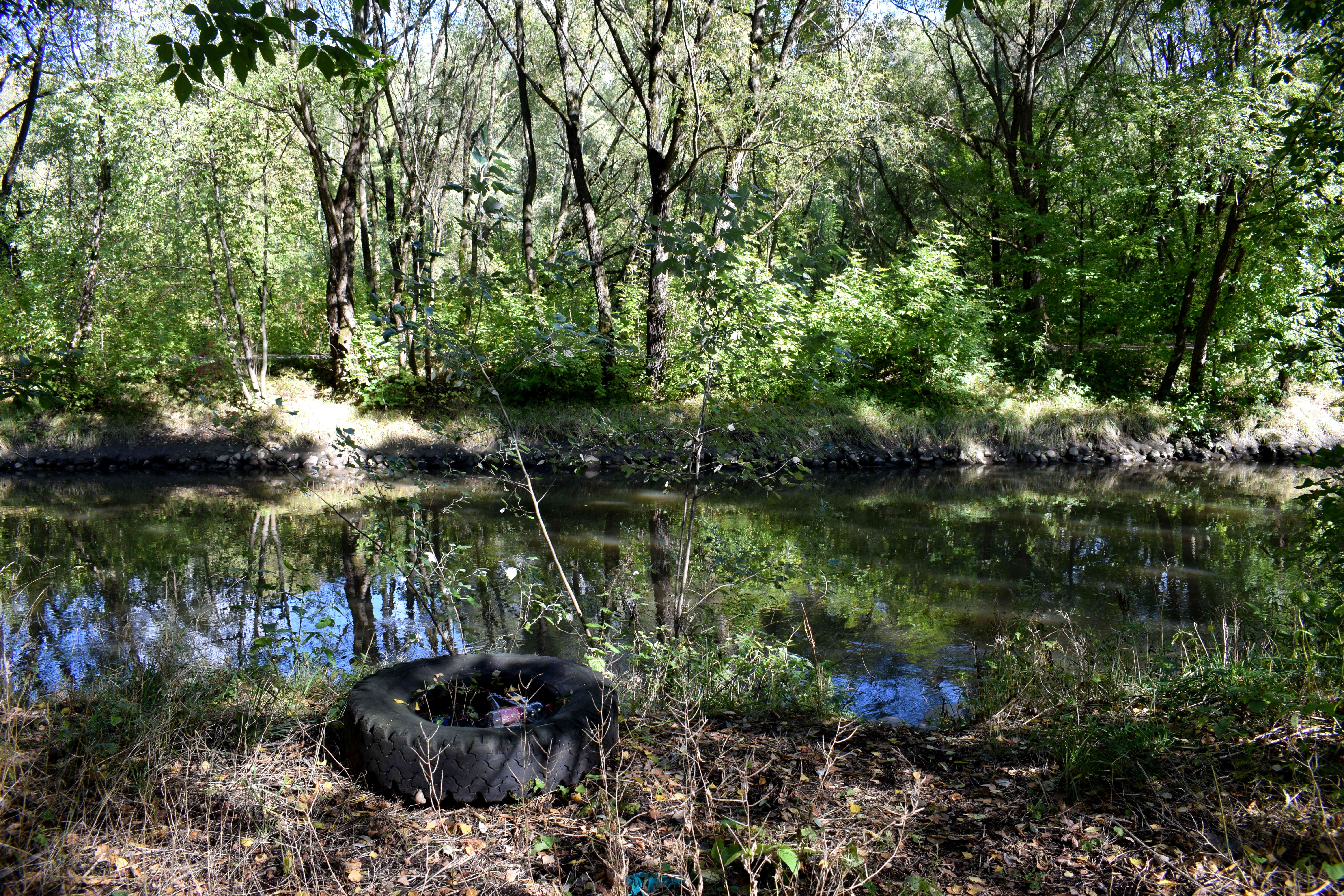 While the park is kept exceptionally clean, we did find occasional litter and trash in the area, like this tire. But it’s a drop in the bucket compared to other parks I’ve been to in Eastern Europe, especially in the Balkans, which fail to provide enough trash bins and clean up after their litter.
While the park is kept exceptionally clean, we did find occasional litter and trash in the area, like this tire. But it’s a drop in the bucket compared to other parks I’ve been to in Eastern Europe, especially in the Balkans, which fail to provide enough trash bins and clean up after their litter.
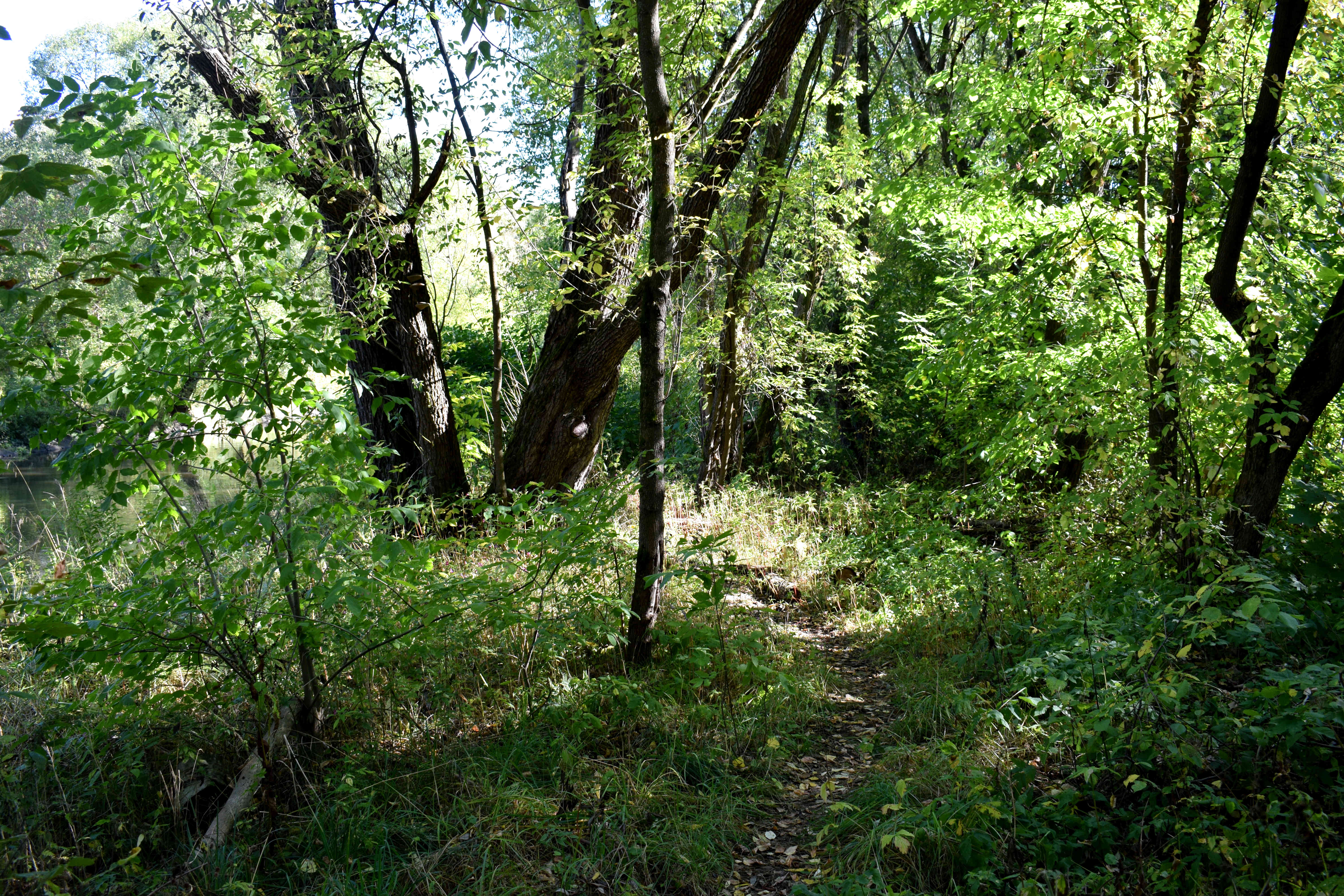 At one point we strayed off the main path and got lost.
At one point we strayed off the main path and got lost.
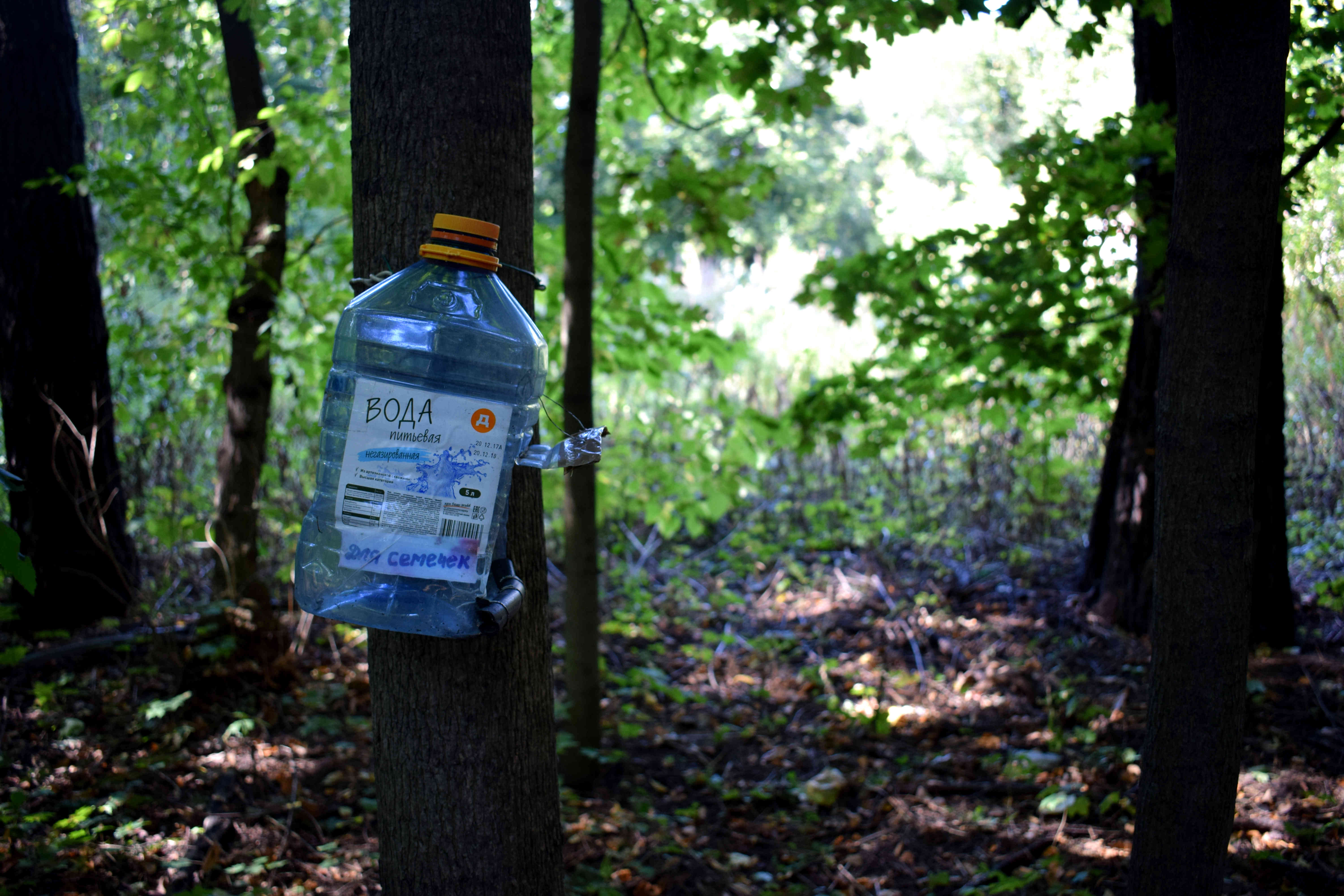 Some local residents decided to take care of nature and create a makeshift birdfeeder.
Some local residents decided to take care of nature and create a makeshift birdfeeder.
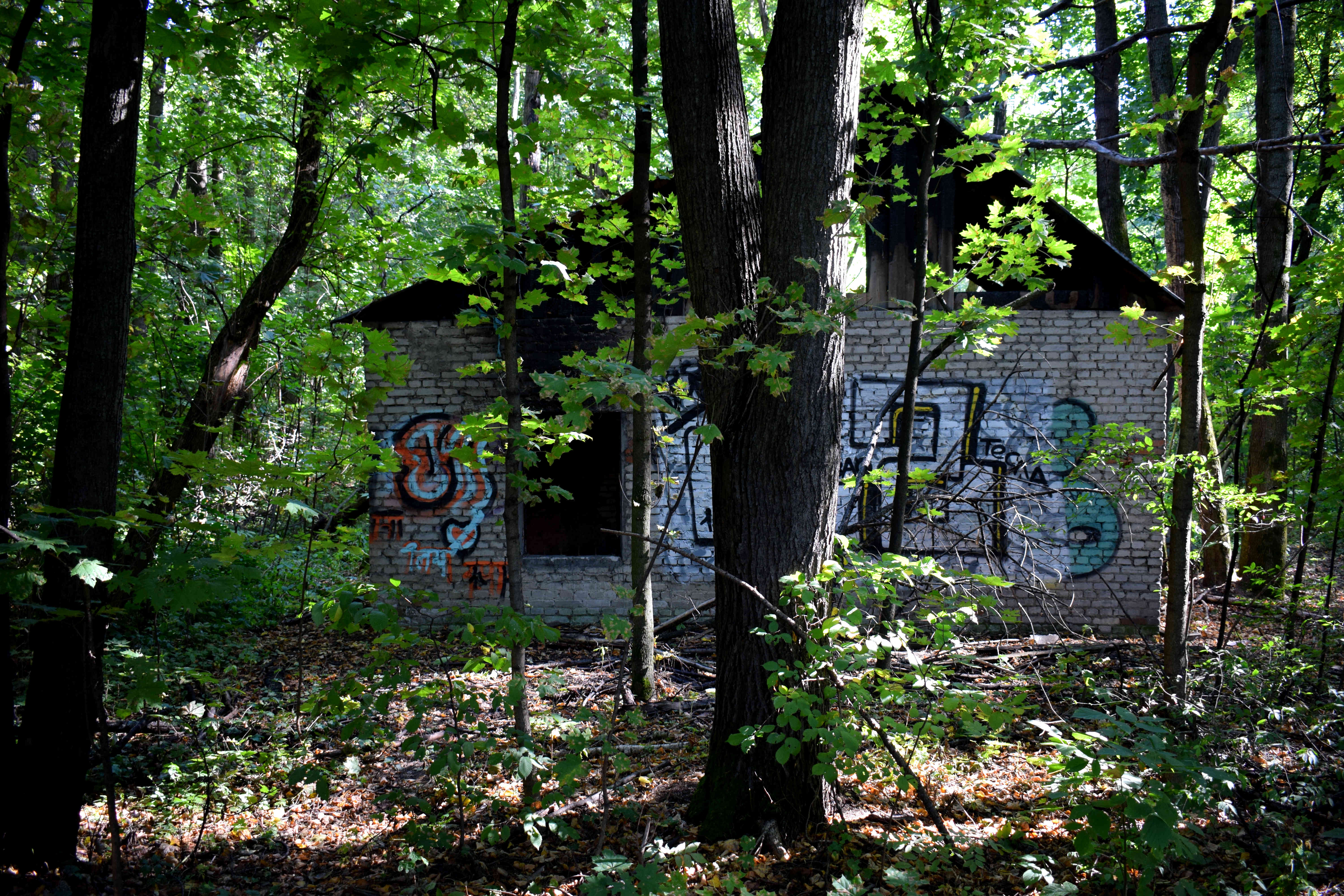 At one point we found an abandoned house deep in the park. In the 18th and 19th century, Sokolniki got it’s name for the word Sokol, which means falcon in Russian. At that time, Sokolniki formed the outer edge of Moscow, and the richer elite of the city would have hunting houses in Sokolniki where they would hunt game with their falcons.
At one point we found an abandoned house deep in the park. In the 18th and 19th century, Sokolniki got it’s name for the word Sokol, which means falcon in Russian. At that time, Sokolniki formed the outer edge of Moscow, and the richer elite of the city would have hunting houses in Sokolniki where they would hunt game with their falcons.
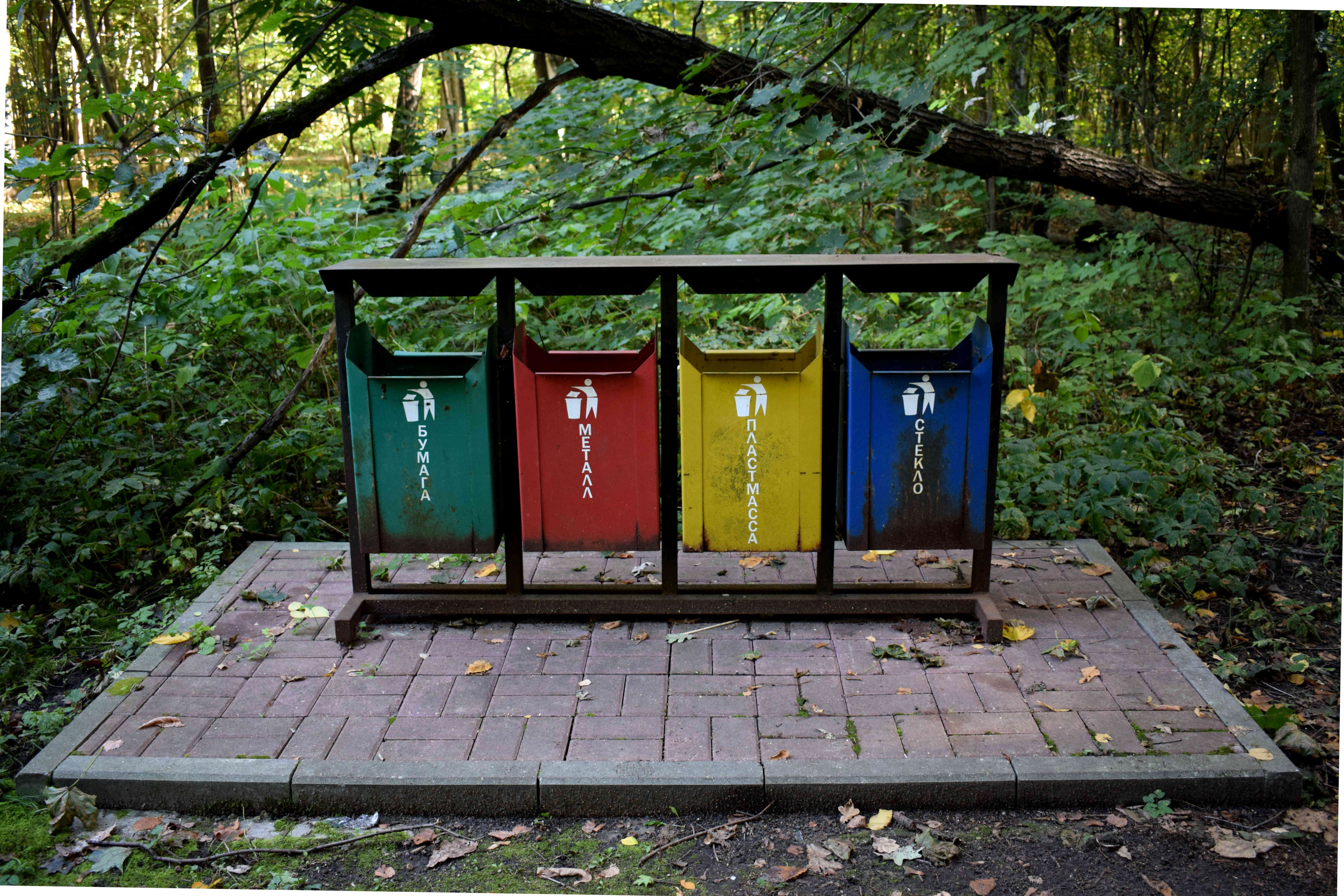 Very oddly, deep in the middle of the forest, we found a place where you could recycle. You’ll rarely find places recycle even in the middle of Moscow, but here in the middle of the park, you’ll have all your recycling needs met.
Very oddly, deep in the middle of the forest, we found a place where you could recycle. You’ll rarely find places recycle even in the middle of Moscow, but here in the middle of the park, you’ll have all your recycling needs met.
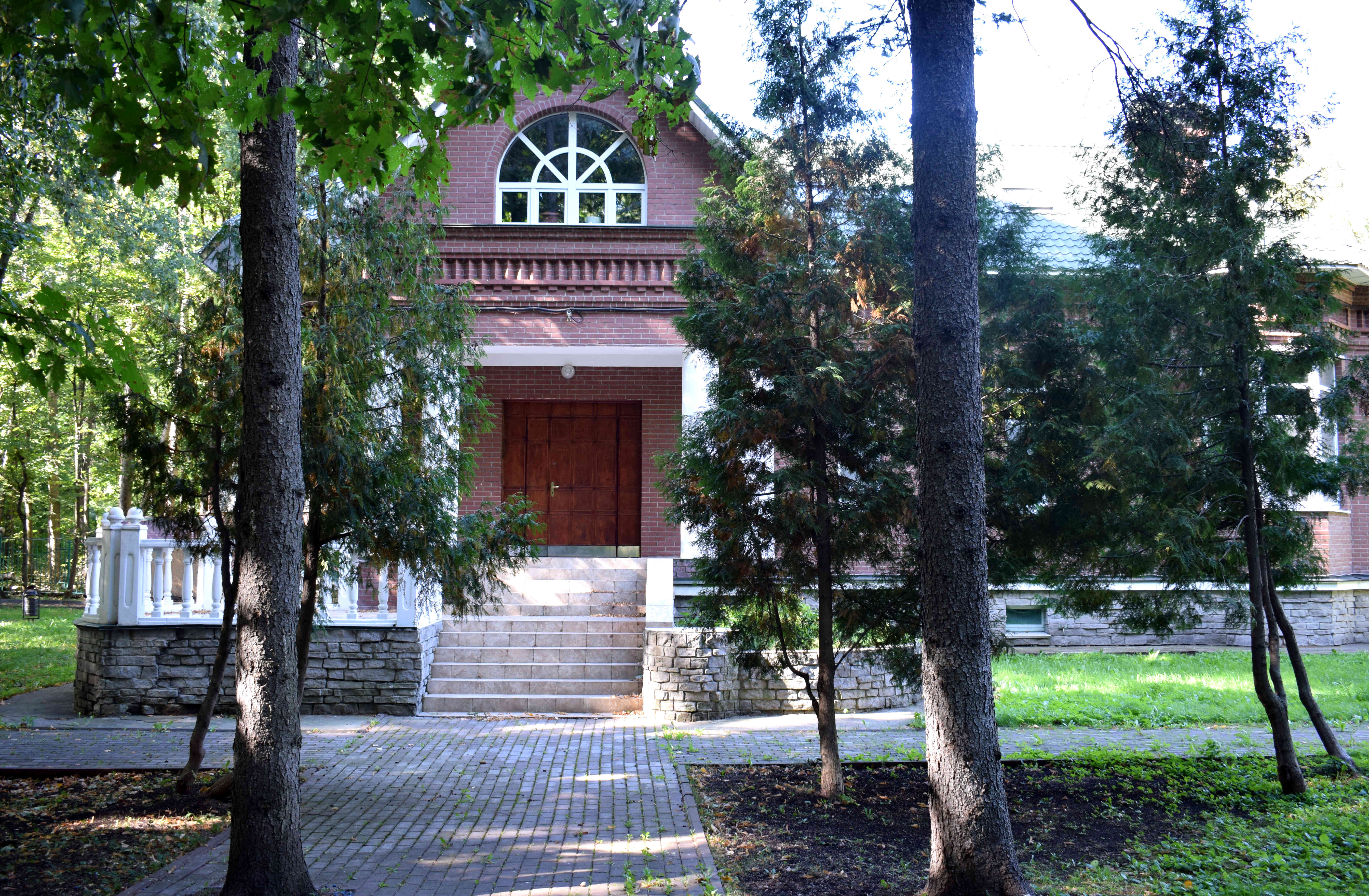 A little later we found what looks like a private resident in the middle of the woods, sectioned off with security cameras and a tall gate. A very well-connected individual to the city government must live here, in order to get a building permit to set up their home here.
A little later we found what looks like a private resident in the middle of the woods, sectioned off with security cameras and a tall gate. A very well-connected individual to the city government must live here, in order to get a building permit to set up their home here.
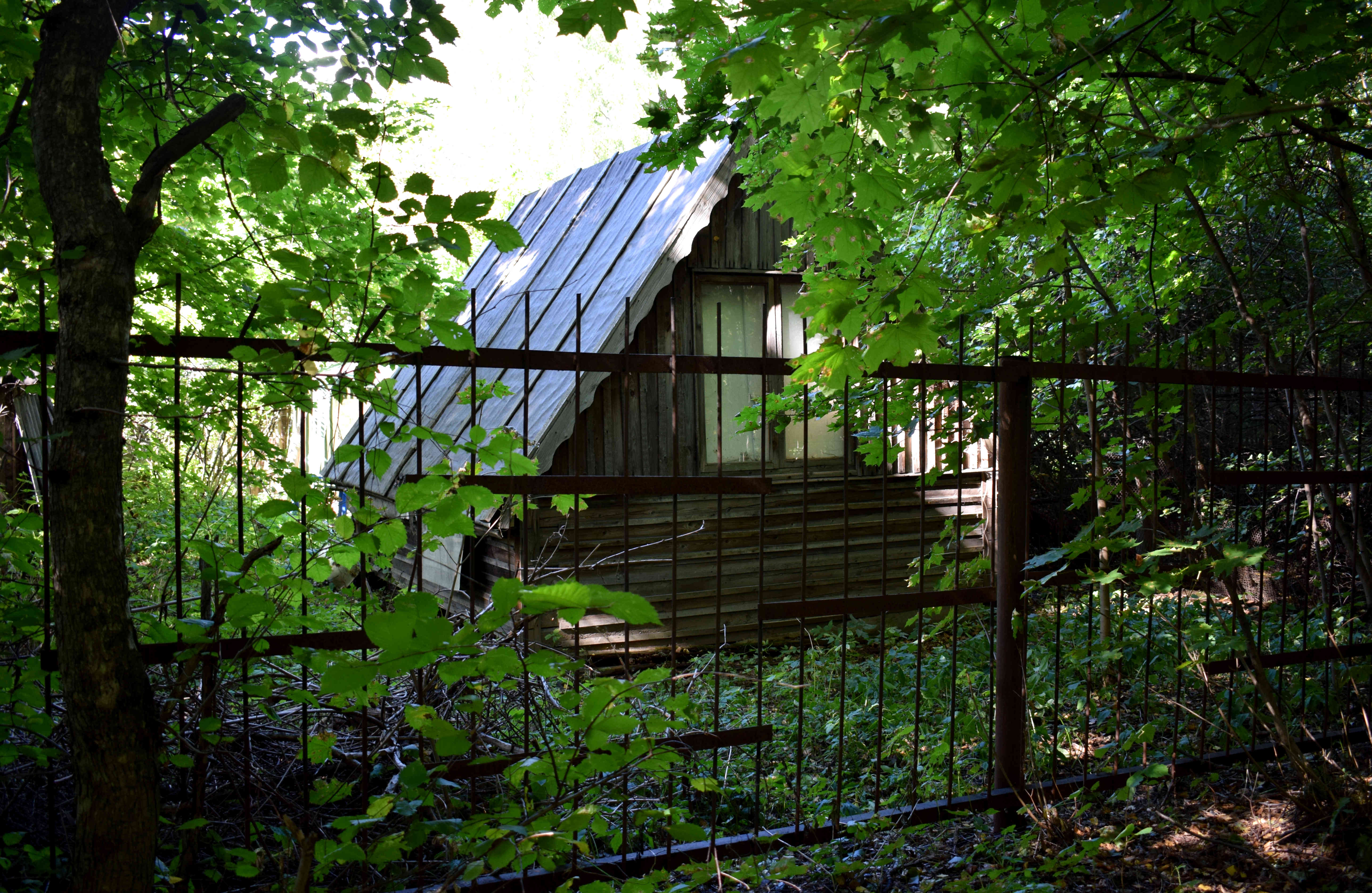 Further in the forest, you can find some older traditional wooden Russian homes. Russia needs to declare all of its wooden architecture a historic treasure and strive to preserve as much of it as possible before it gets lost forever. Unfortunately, all across the country, these wooden homes are disappearing at alarming rates as older generations die off and younger generations either tear them down to build modern homes or sell it to developers who build apartments in their place. Who knows how much of this unique form of architecture will be left by the end of the 21st century.
Further in the forest, you can find some older traditional wooden Russian homes. Russia needs to declare all of its wooden architecture a historic treasure and strive to preserve as much of it as possible before it gets lost forever. Unfortunately, all across the country, these wooden homes are disappearing at alarming rates as older generations die off and younger generations either tear them down to build modern homes or sell it to developers who build apartments in their place. Who knows how much of this unique form of architecture will be left by the end of the 21st century.
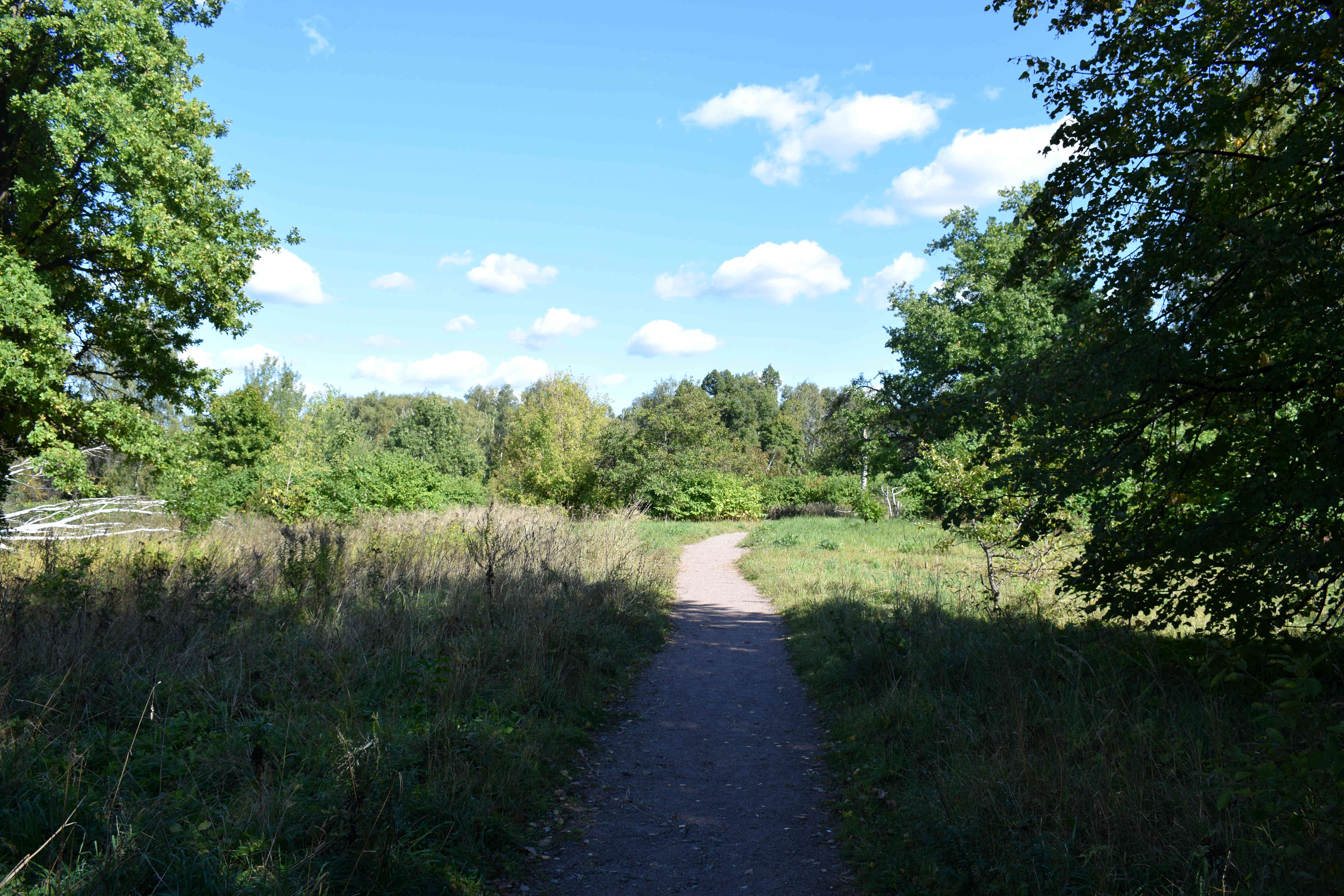 We couldn’t have picked a better mid-Septemebr day with clear blue skies. One of the best times to visit Russia is in late-September and early October, when it isn’t yet too cold.
We couldn’t have picked a better mid-Septemebr day with clear blue skies. One of the best times to visit Russia is in late-September and early October, when it isn’t yet too cold.
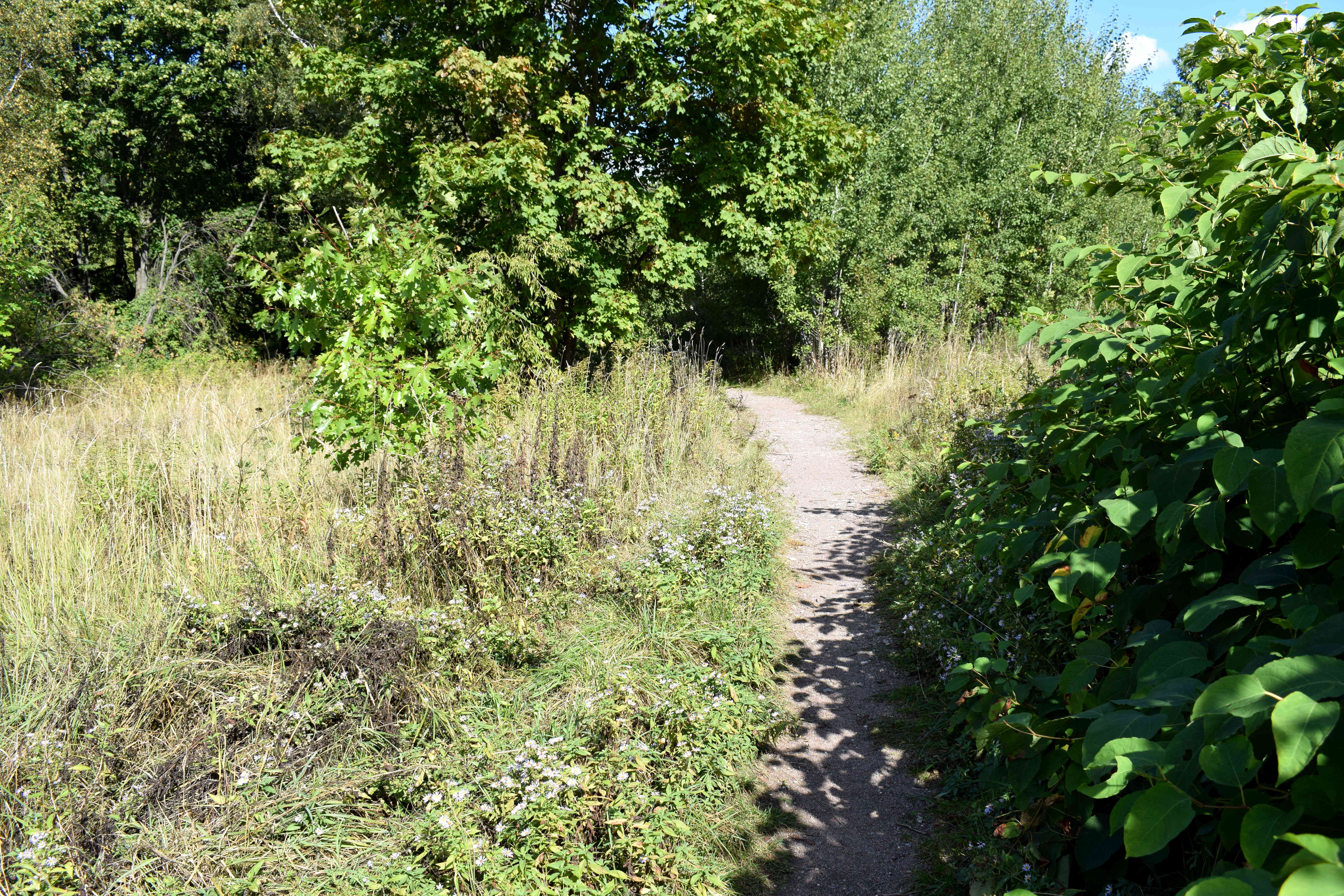 At this point we were completely lost, trying to find our way to metro Belokamennaya, which is a new metro station the city opened in the middle of the park, where they converted an old, unused railroad ring into a new metro for the city.
At this point we were completely lost, trying to find our way to metro Belokamennaya, which is a new metro station the city opened in the middle of the park, where they converted an old, unused railroad ring into a new metro for the city.
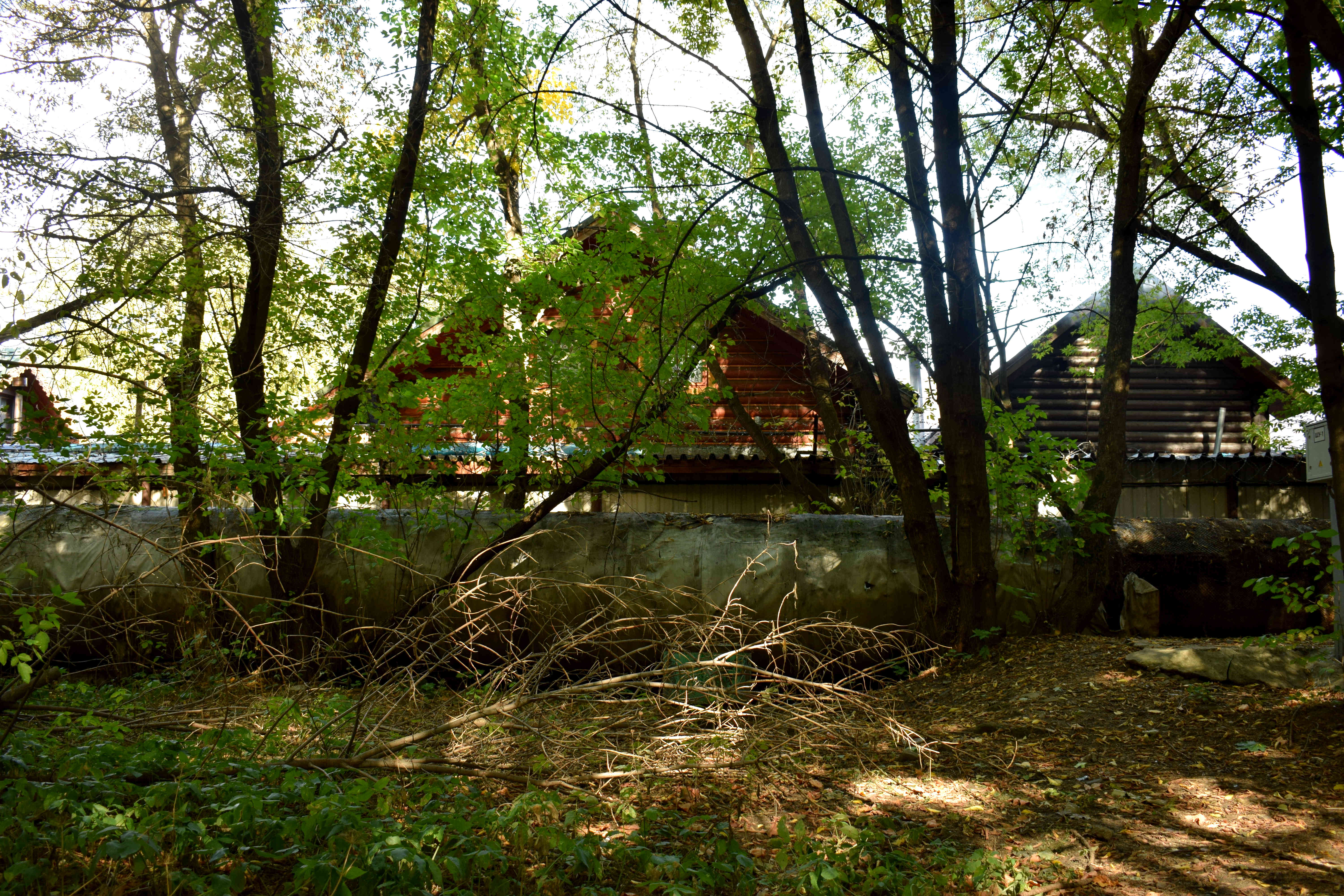 Some more traditional Russian houses that have amazingly survived to this day.
Some more traditional Russian houses that have amazingly survived to this day.
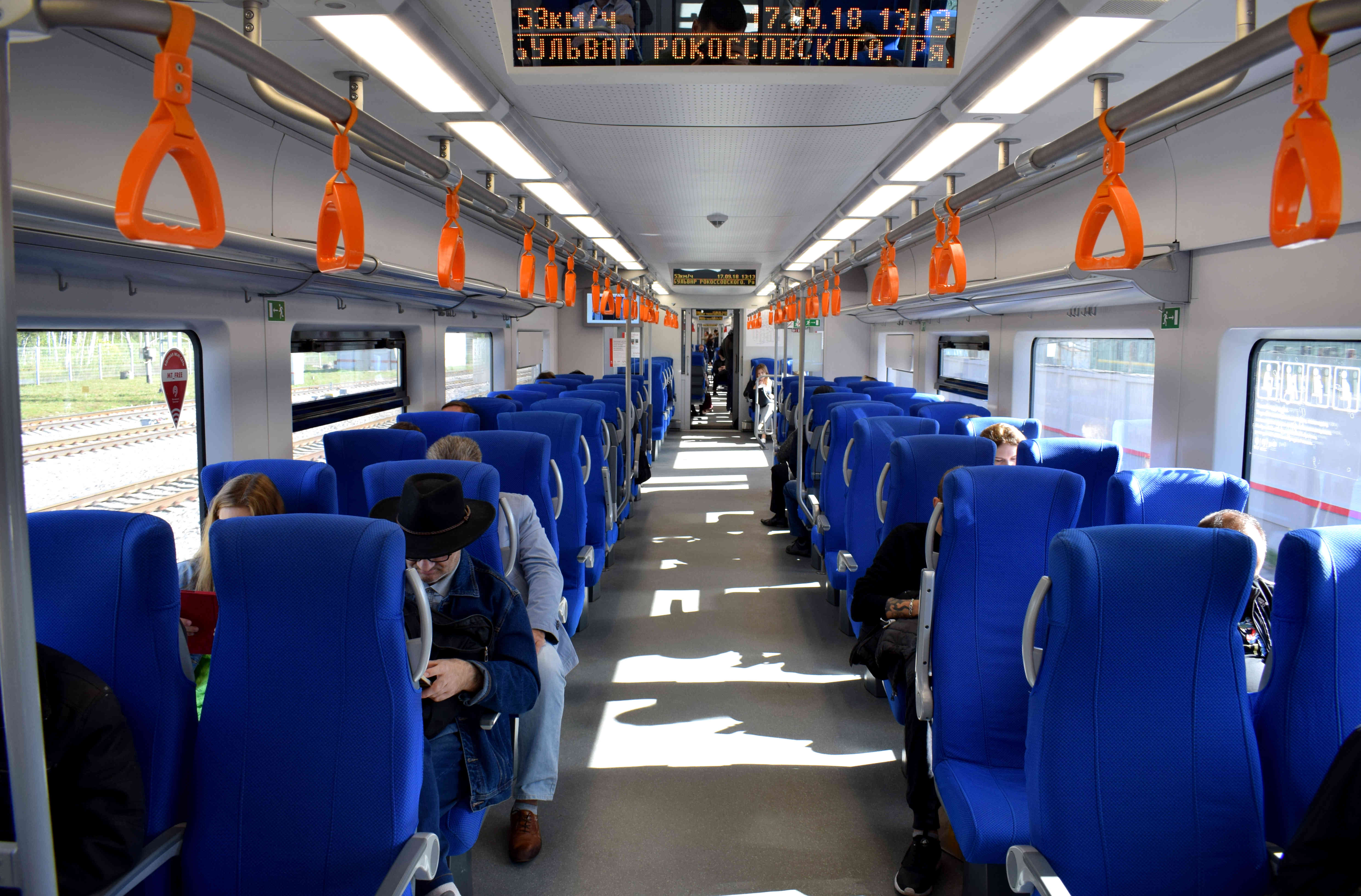 We finally found the metro stop. From Belokamennaya metro we headed toward Bulvar Rokossvksogo and onto Izmaylovo Park, another enormous park on the eastern side of Moscow.
We finally found the metro stop. From Belokamennaya metro we headed toward Bulvar Rokossvksogo and onto Izmaylovo Park, another enormous park on the eastern side of Moscow.
What are my final thoughts on Sokolniki?
On the one hand, it’s just another one of Moscow’s big parks. Nothing special. All of them are unique in their own way and have a lot of the same things that Sokolniki has to offer. On the other hand, these enormous, interconnected parks that are sprinkled throughout different districts of Moscow is part of what makes living in Moscow so great.
You could easily come here and spend an entire day exploring the place, and only see maybe 25% of what the park has to offer. In the summer there is a swimming pool, an outdoor movie theatre, music festivals, senior dancing clubs, a hedge maze and more.
In the winter, many of the bike paths get closed off and converted into ice skating rinks and cross-country skiing paths. All for absolutely free.
If you want to see an example of how cities should use their parks to promote living an active, healthy lifestyle, you should come to Sokolniki.
If you want to see cities that are built to encourage people sitting in their cars all day, you can visit any American city.
I have only one criticism of the park, and that is there’s no basketball court. As an avid basketball enthusiast, I find this unacceptable. And the park needs to fix this ASAP.
Otherwise, if you are an expat and live in Moscow, or a tourist just visiting for a few days, don’t make the mistake of skipping out on this beautiful park. There are few cities in the world which offer something better.
